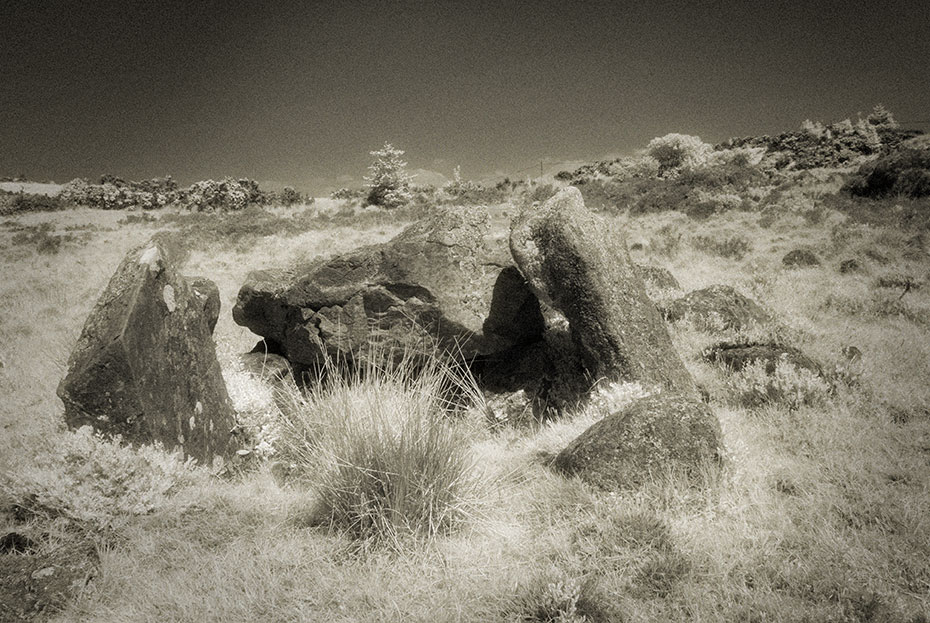
Ballybriest Wedge Tomb – aka Carnanbane, Co Derry, Northern Ireland
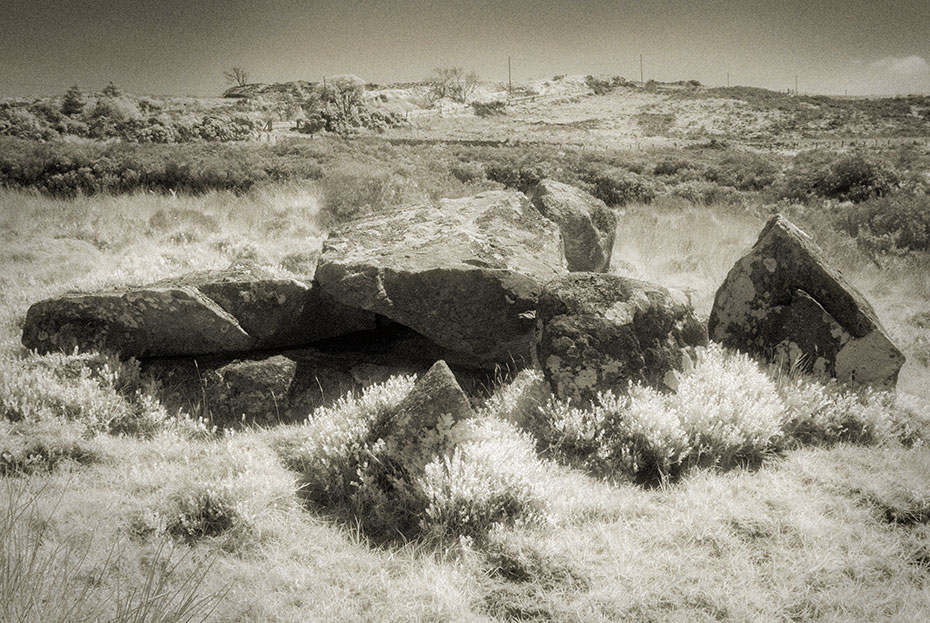
Ballybriest Wedge Tomb is situated 100mtr (approx.) south of Ballybriest Court Tomb
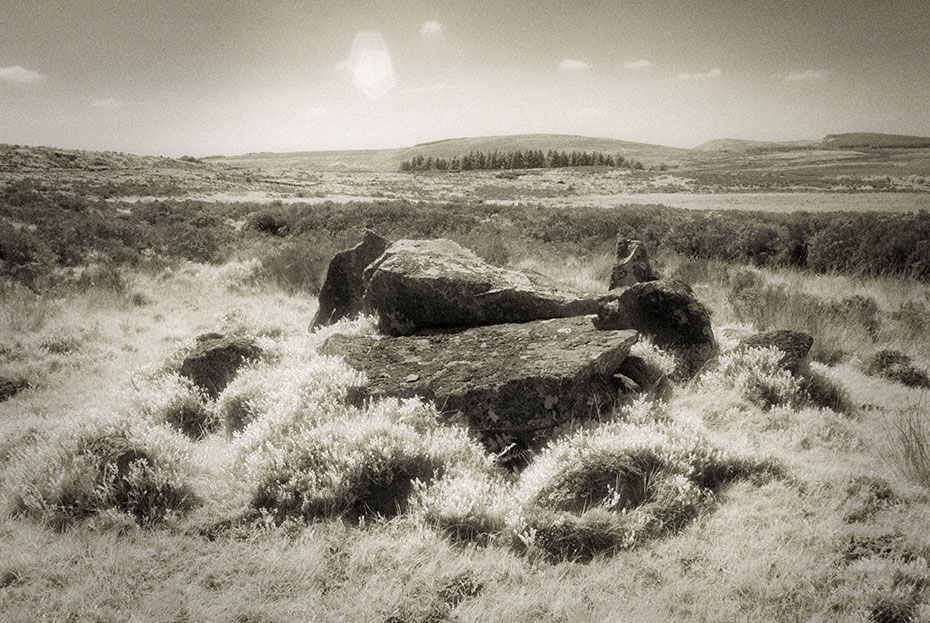

Underexposed – an Irish Photoblog

Ballybriest Wedge Tomb – aka Carnanbane, Co Derry, Northern Ireland

Ballybriest Wedge Tomb is situated 100mtr (approx.) south of Ballybriest Court Tomb

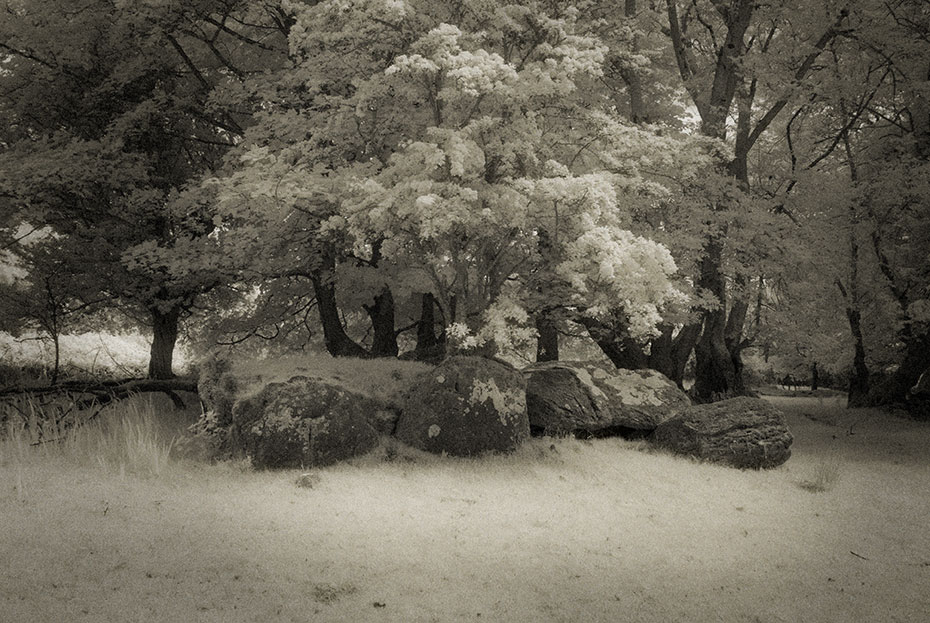
Coolbeg Wedge Tomb, Drumcliff, Co Sligo, Ireland
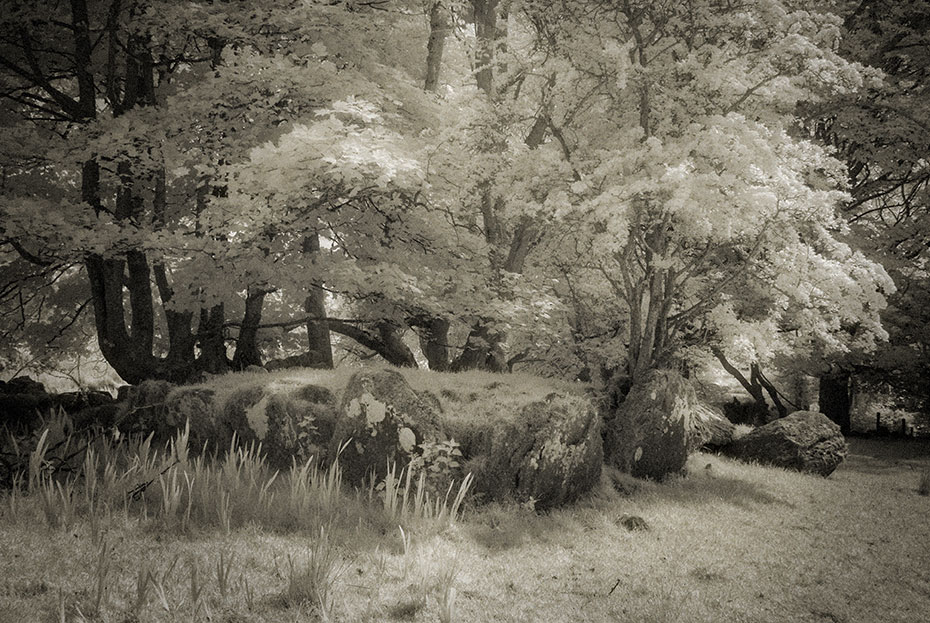
Coolbeg Wedge Tomb lies beside the Drumcliff River a short distance from Drumcliff Round Tower, High Cross and the grave of WB Yeats.
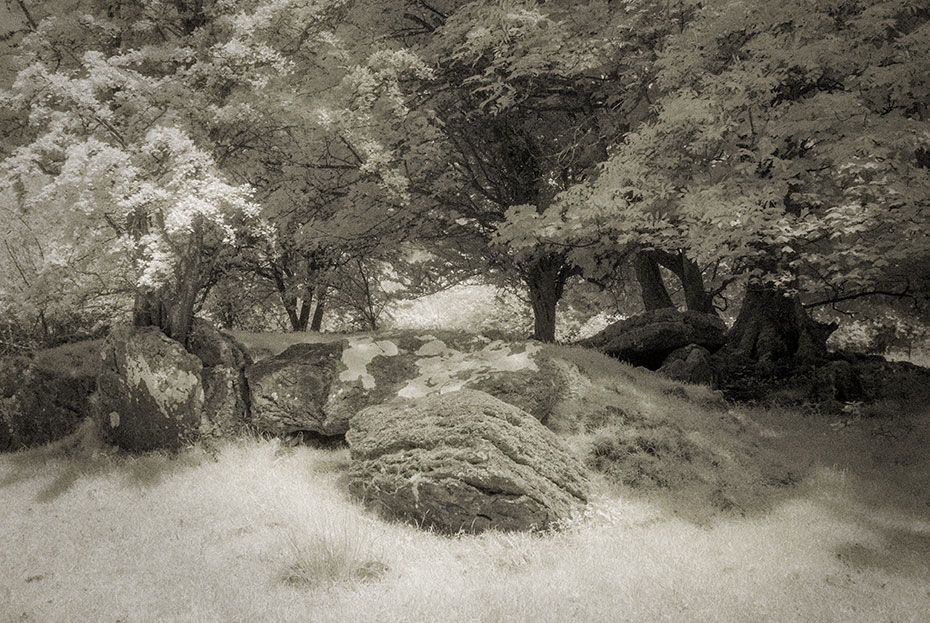
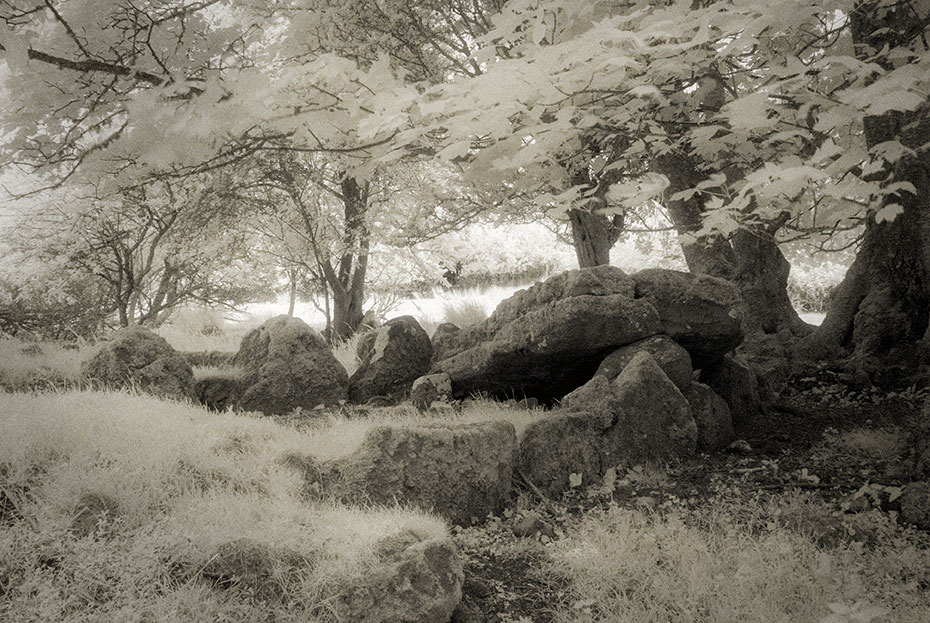
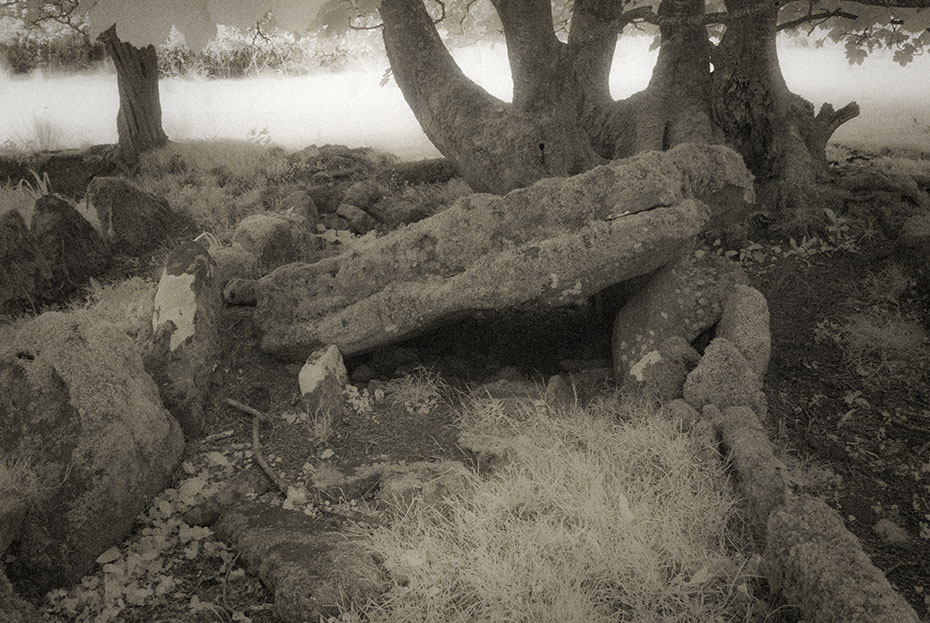
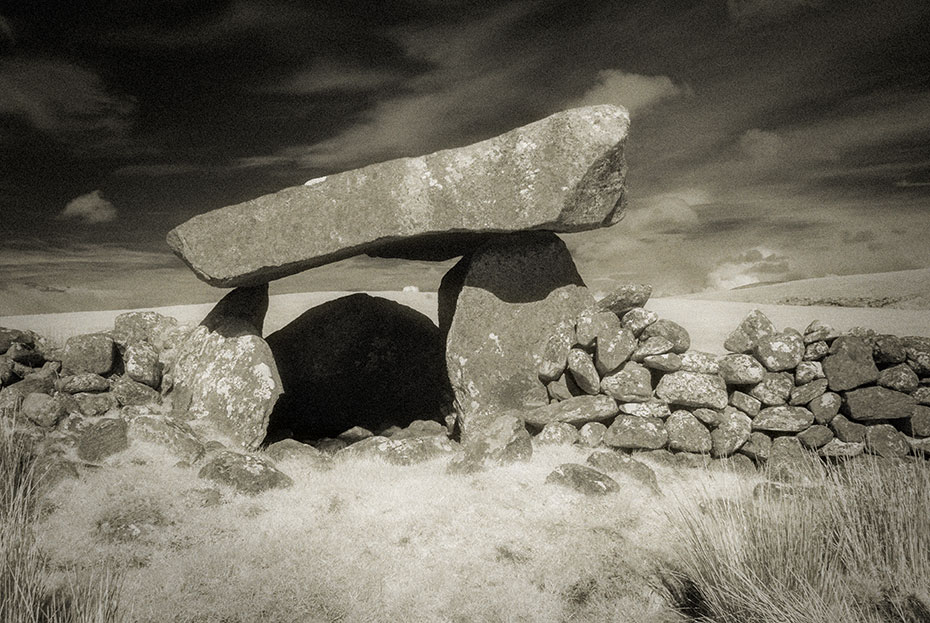
The Giant’s Griddle – Tawnatruffaun Dolmen, Co Sligo, Ireland
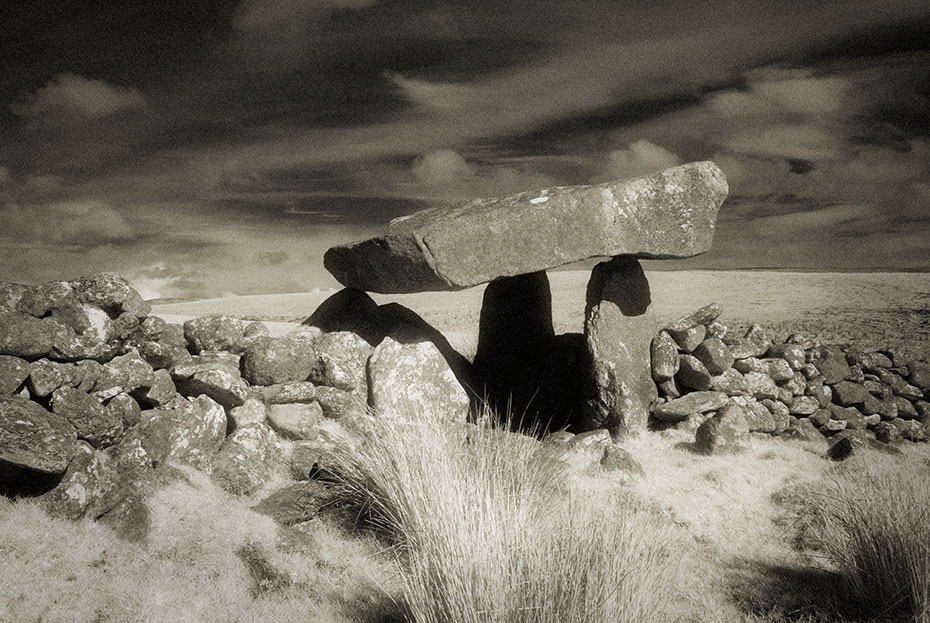
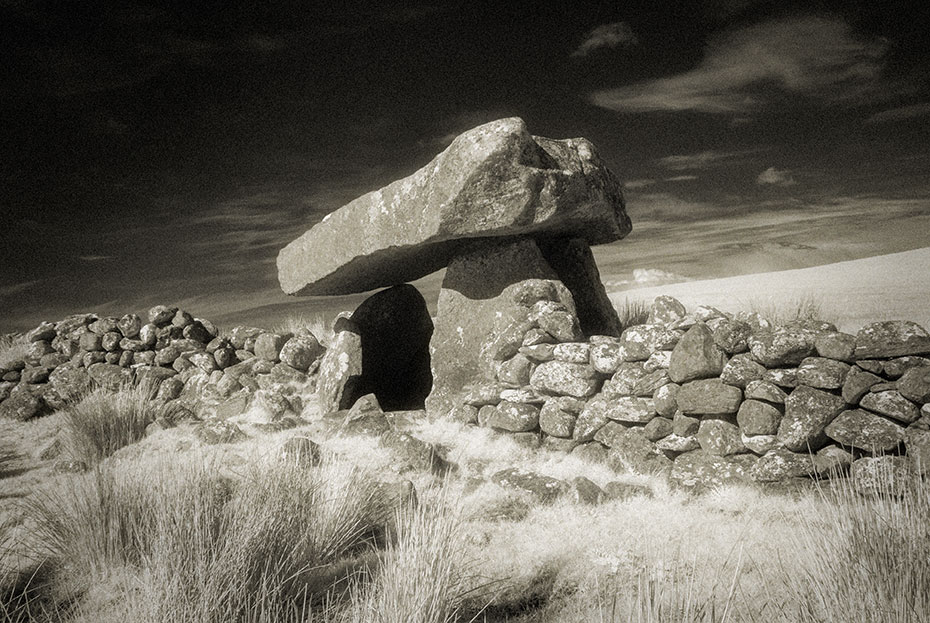
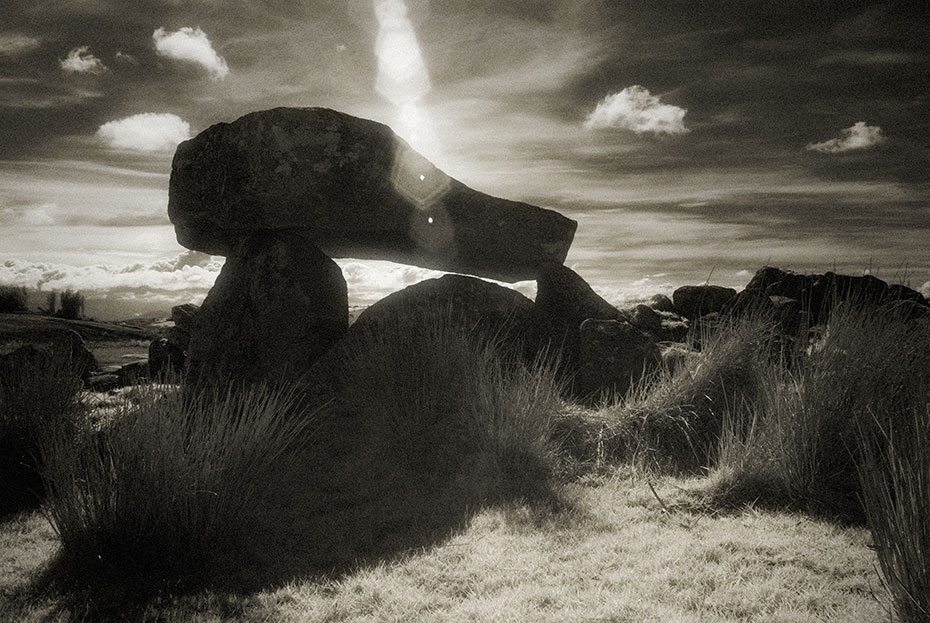
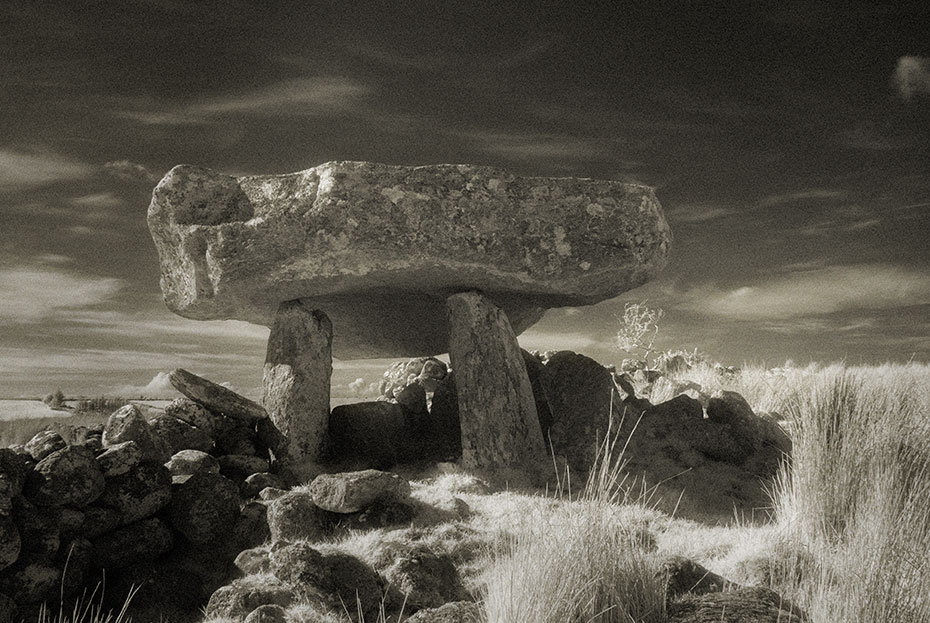
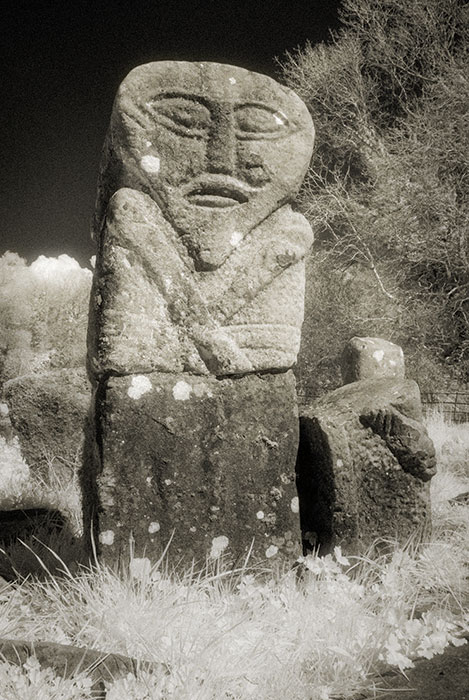
West face of the Janus statue in Caldragh graveyard
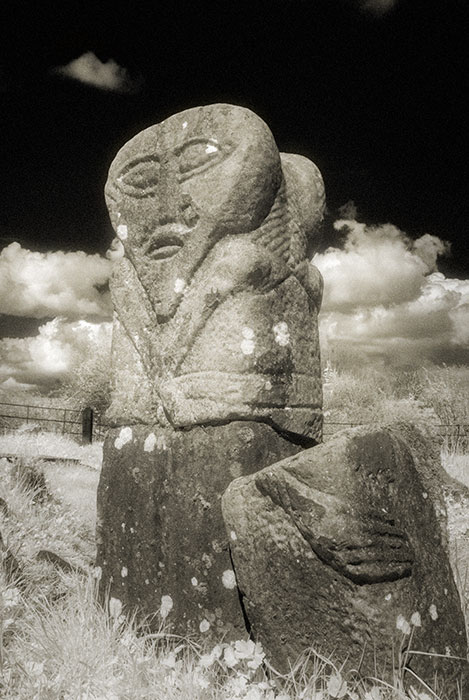
Caldragh graveyard, Boa Island, Co Fermanagh, Northen Ireland
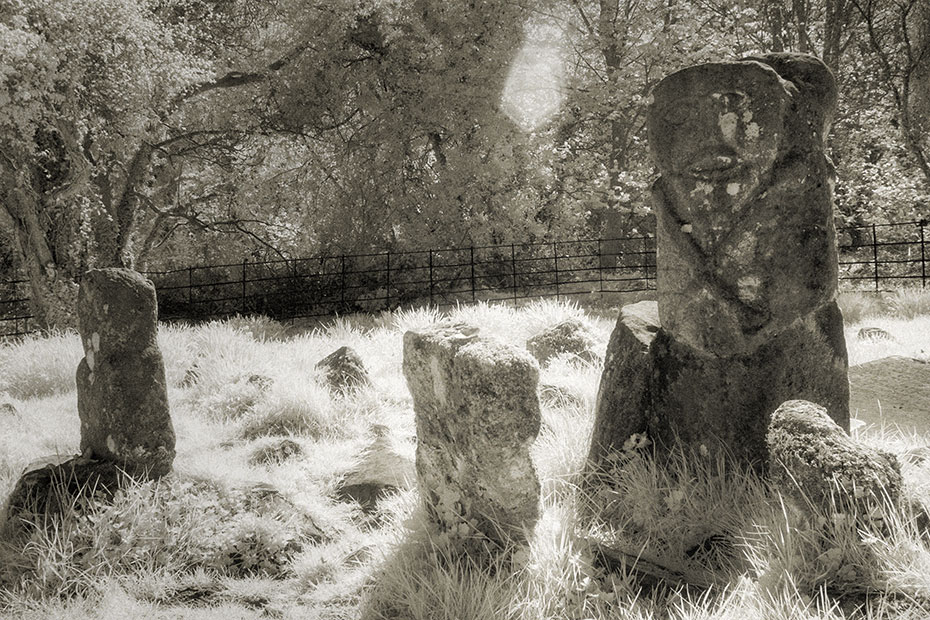
East face of the Janus statue on Boa Island
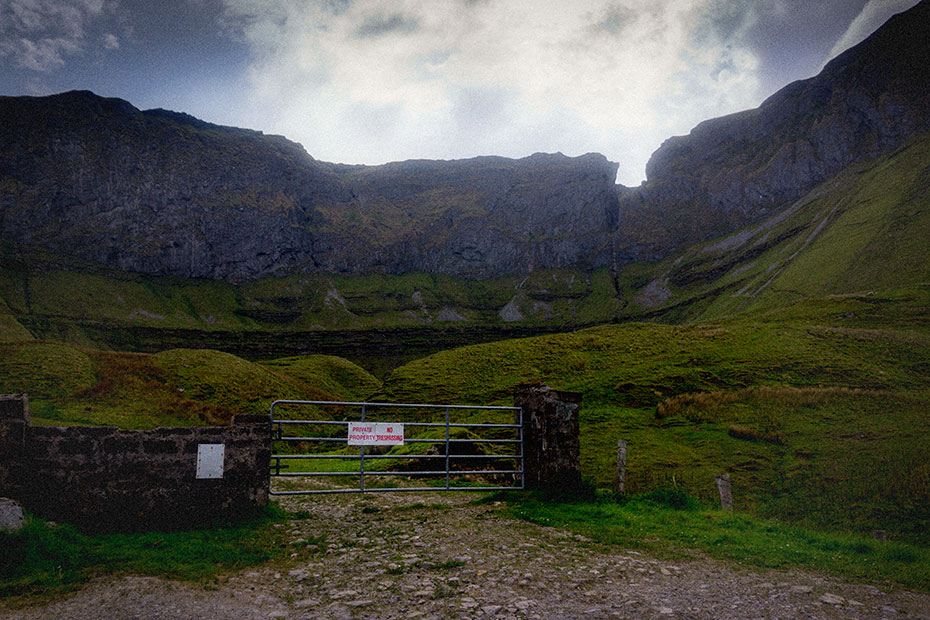
Gleniff Horseshoe, a scenic six-mile loop near Cliffoney, Co Sligo, Ireland
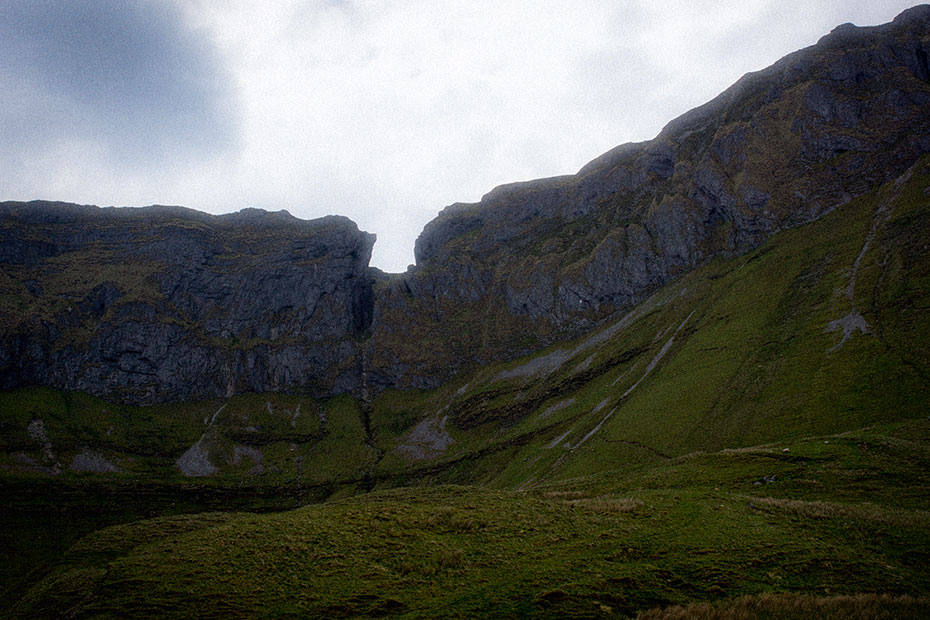
A view of the Cliffs on the drive
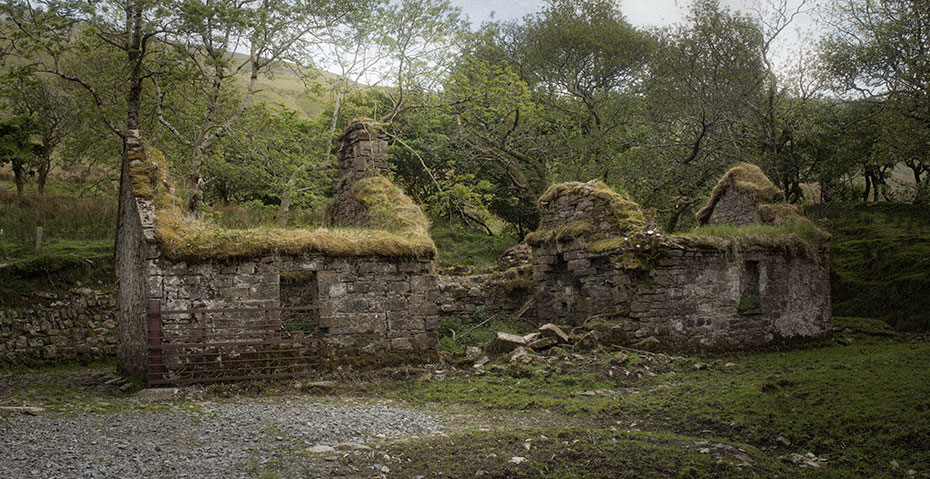
Gleniff horseshoe cottage ruin
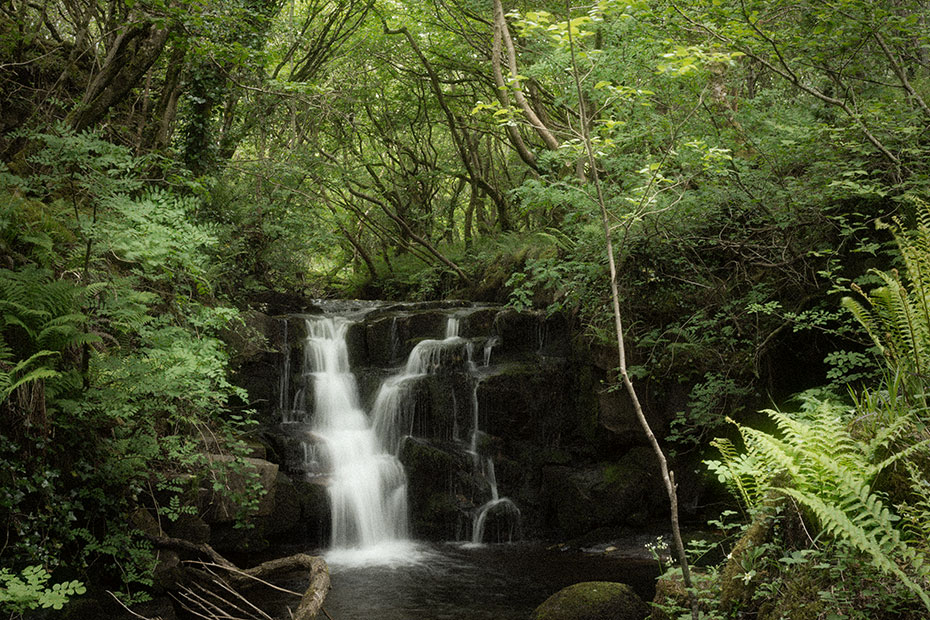
Small waterfall at the old mill ruins
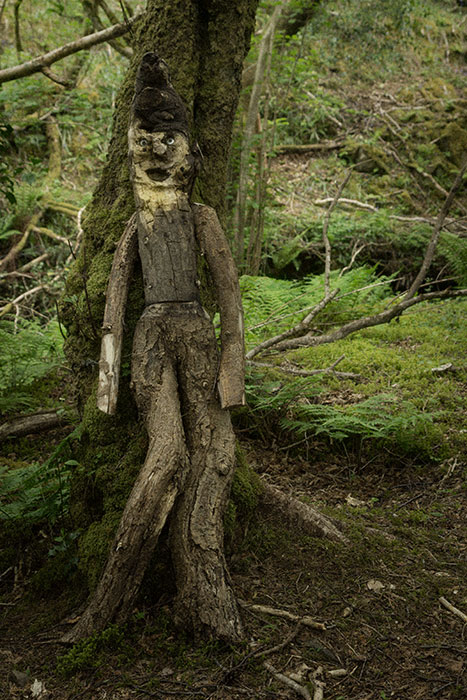
Wood sculpture at the old mill ruins
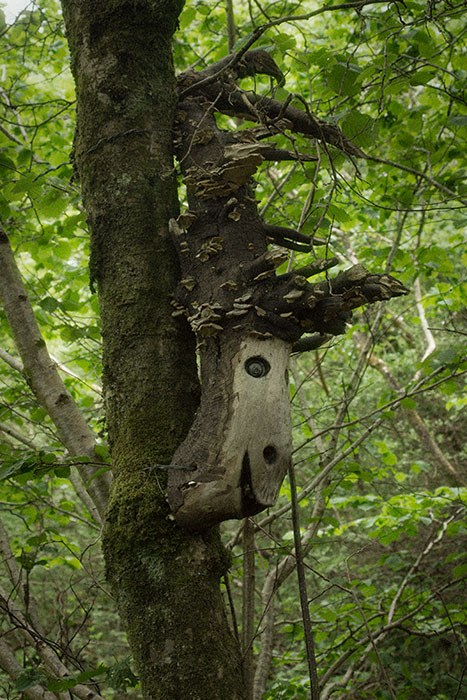
More oddities
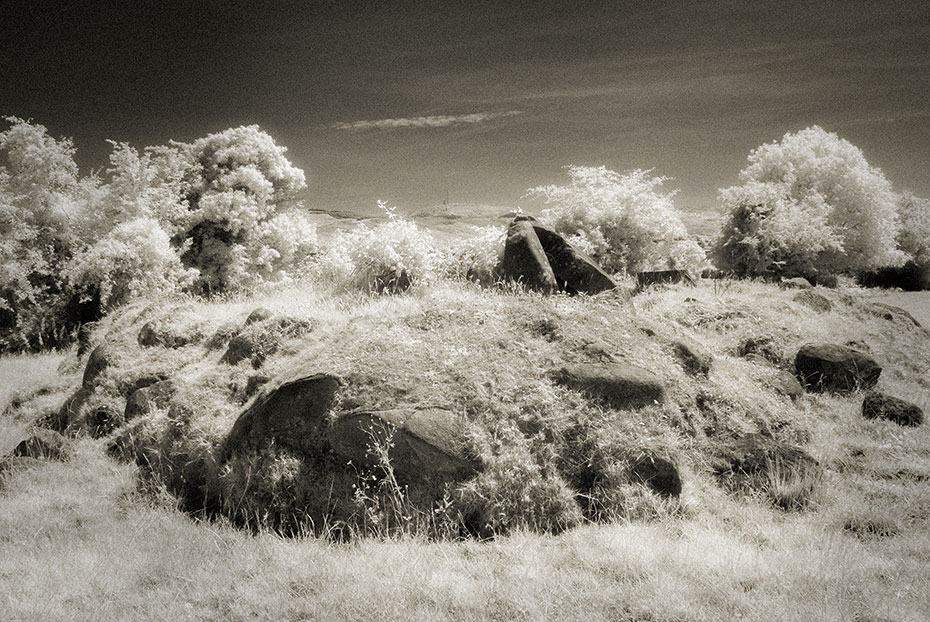
Clonlum South Megalithic Tomb, Co Armagh, Northern Ireland
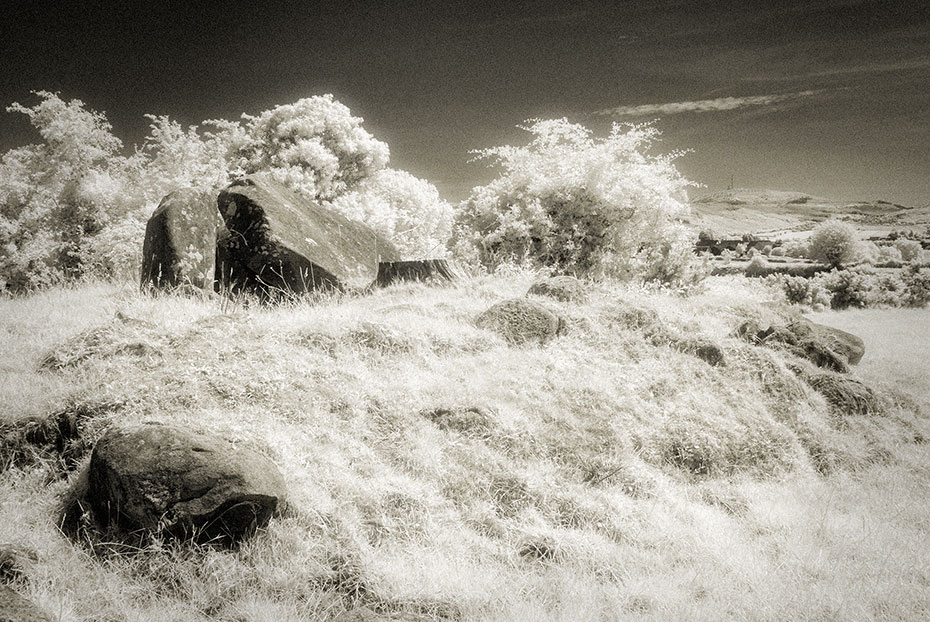
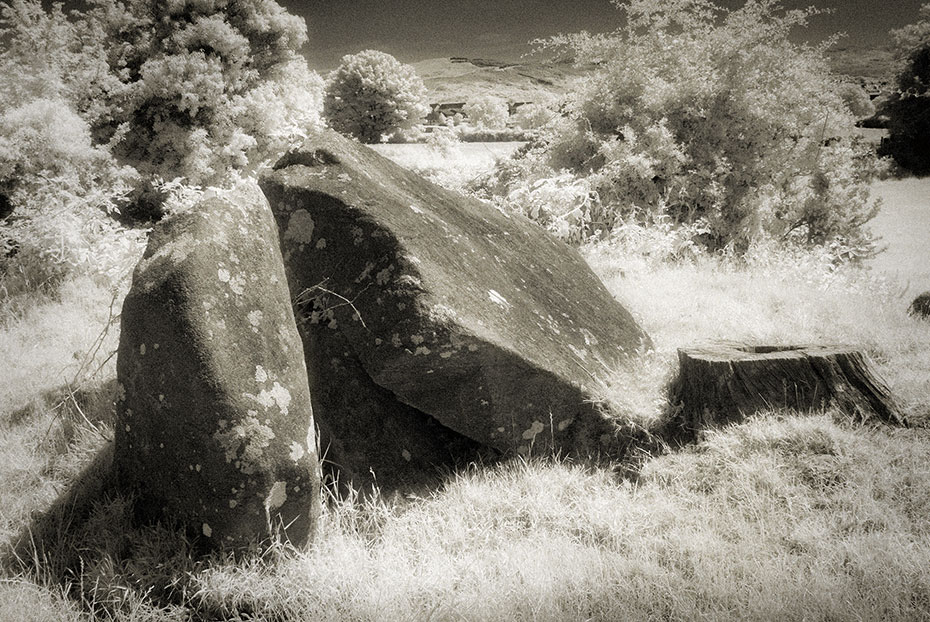
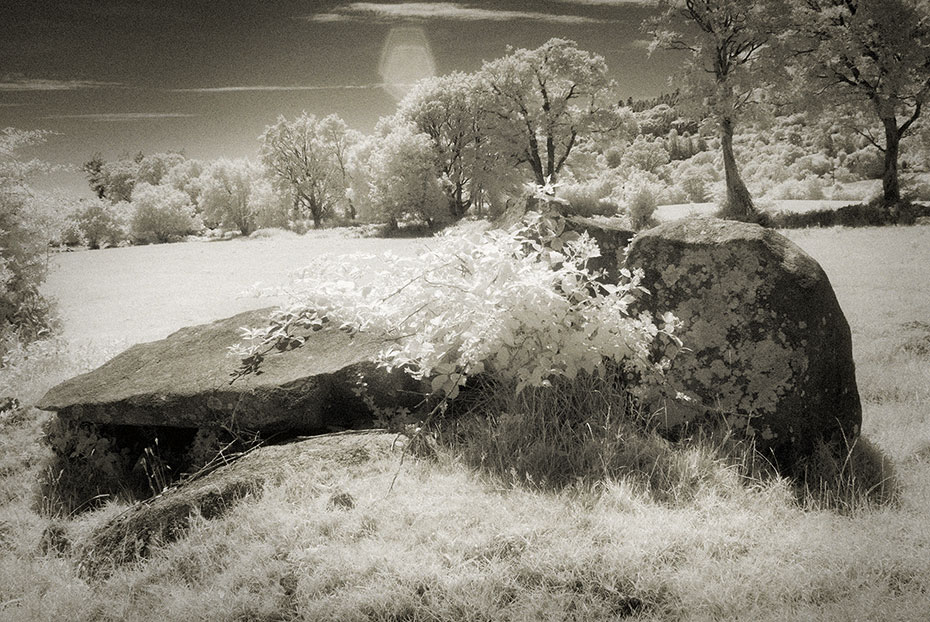

Tullyhogue Fort, Co Tyrone, Northern Ireland

Tullyhogue Fort is the ancient ceremonial site where chieftains of the O’Neill dynasty of Tyrone were inaugurated as Kings on Leac na Rí (the Stone of Kings)
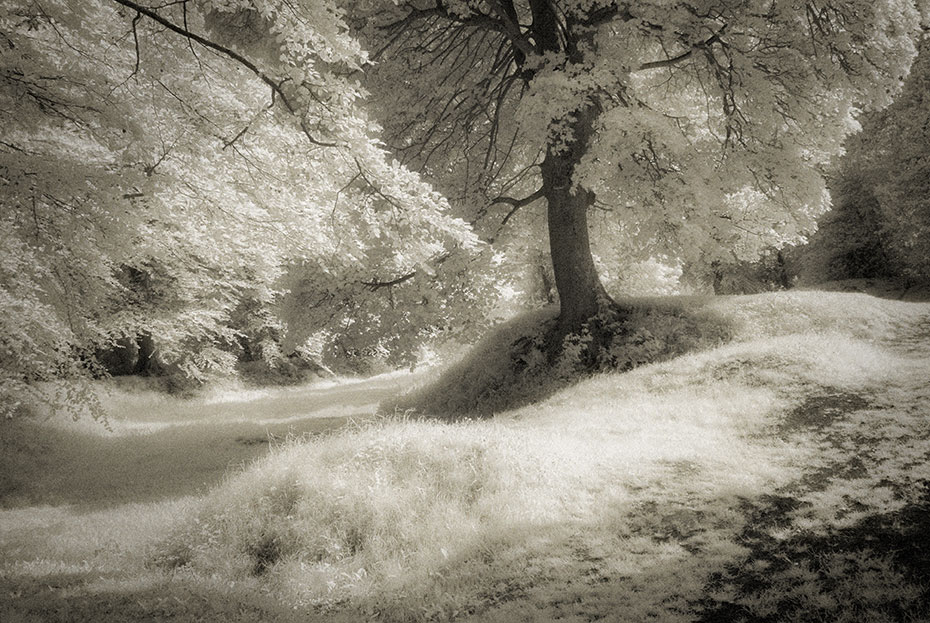
The structure was not for defence but for ceremonial purposes

A double bank surrounds the central enclosure
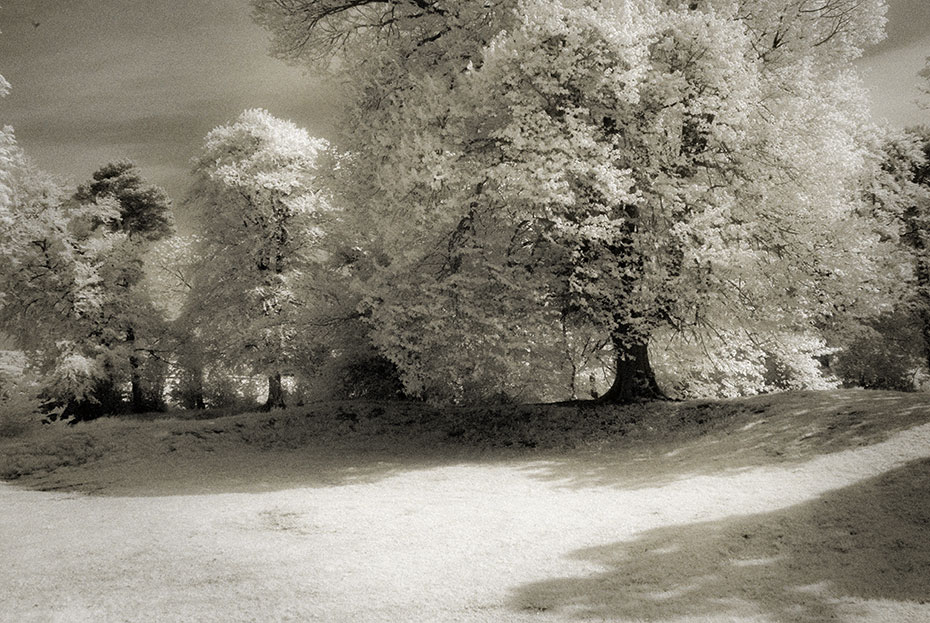
Leac na Rí – the Stone of Kings stood in this circular enclosure before it was destroyed by English forces in the early 1600s
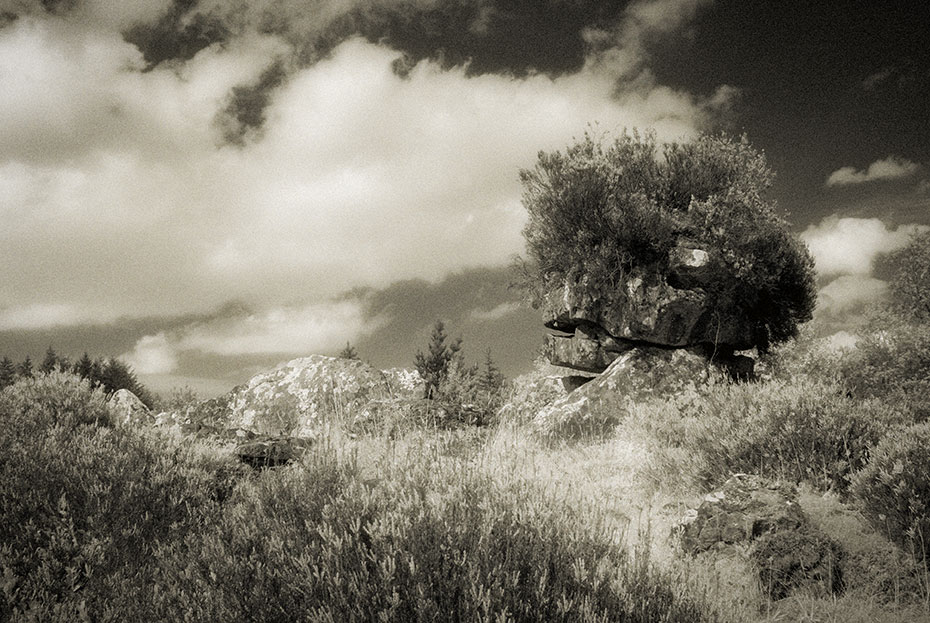
Ally Court Tomb, Co Tyrone, Northern Ireland
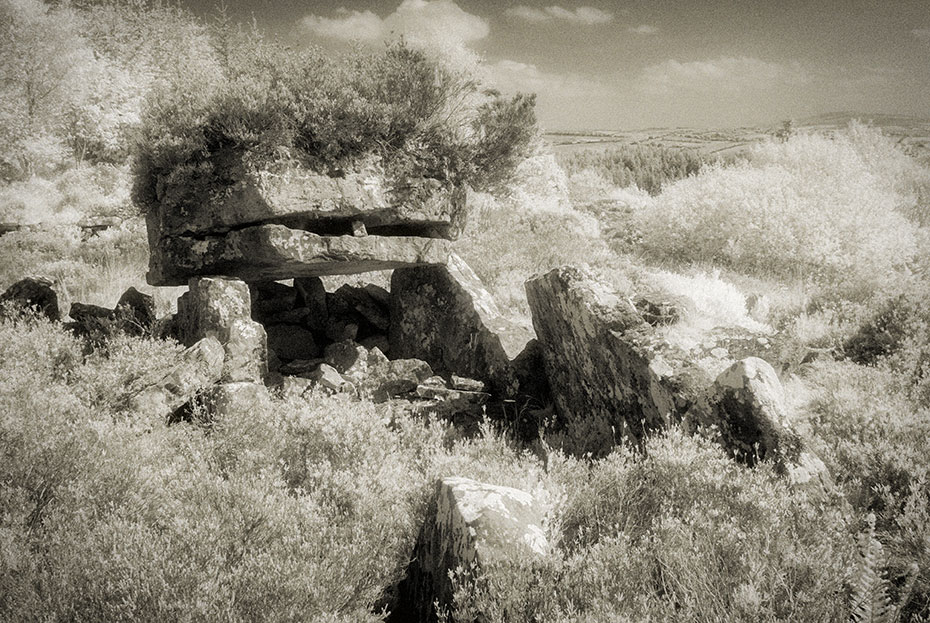
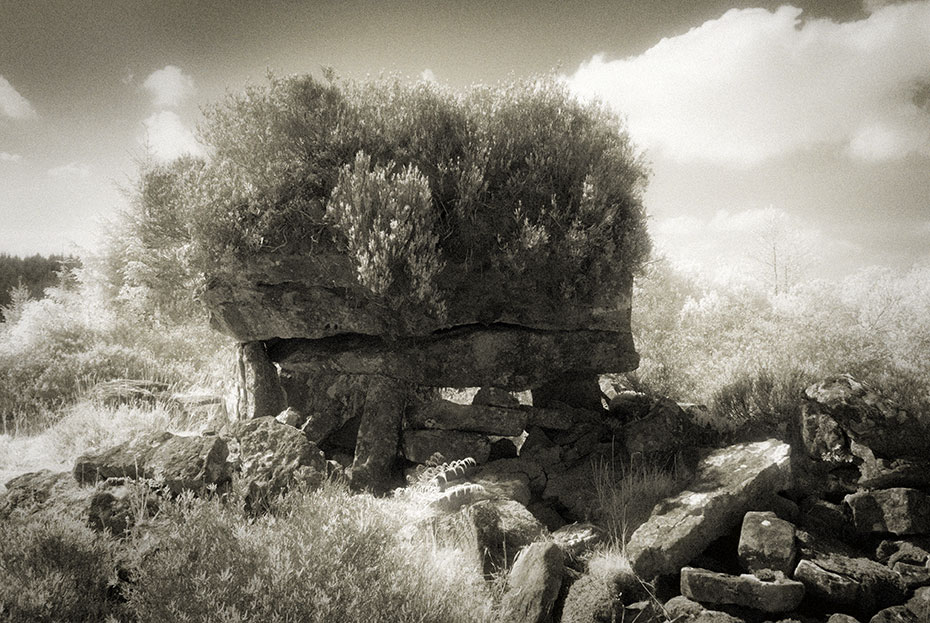
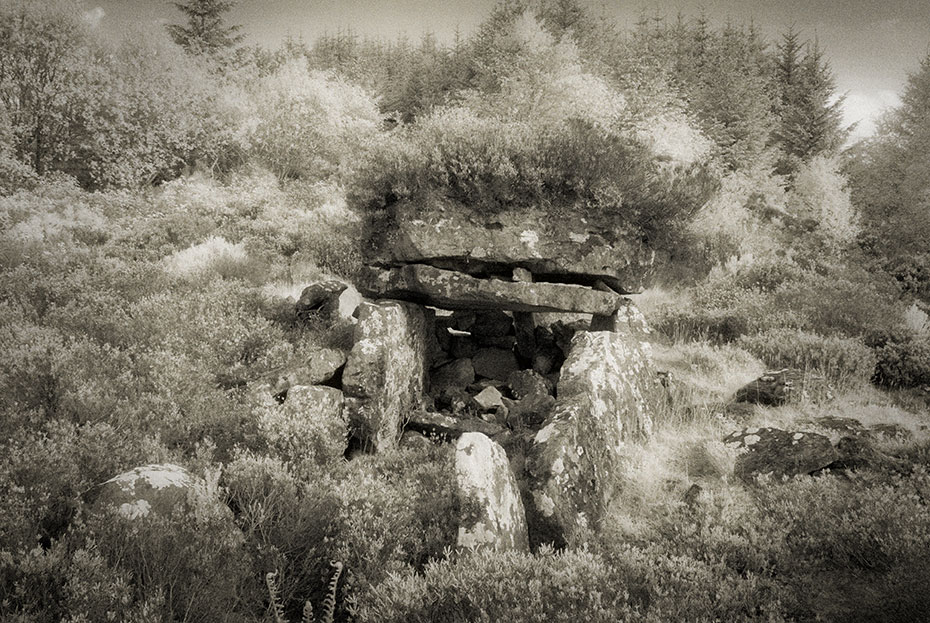

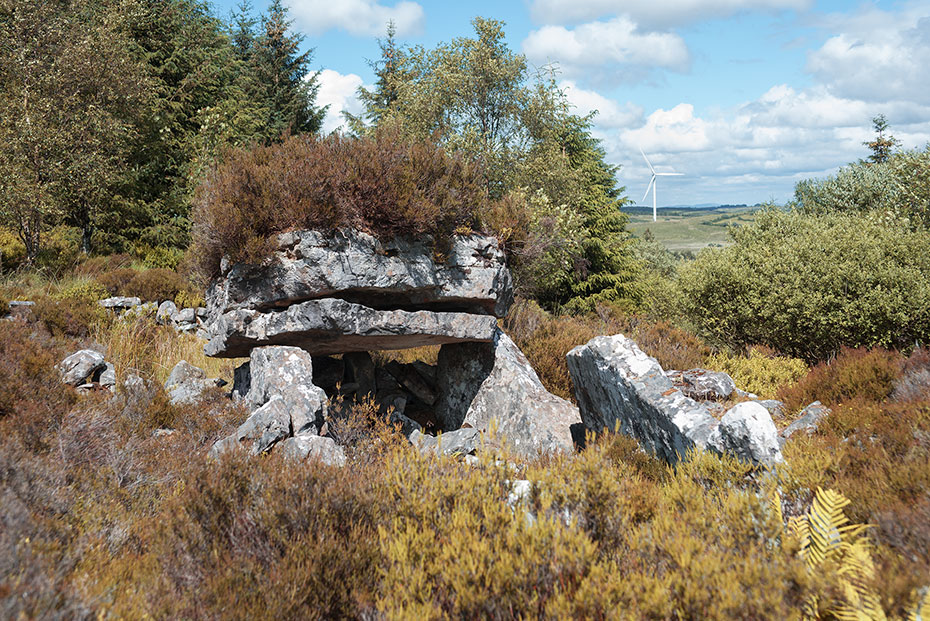
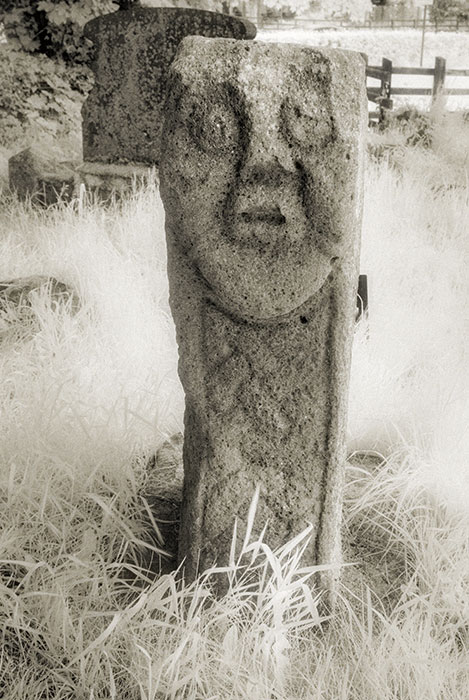
Killadeas – The Bishop’s Stone
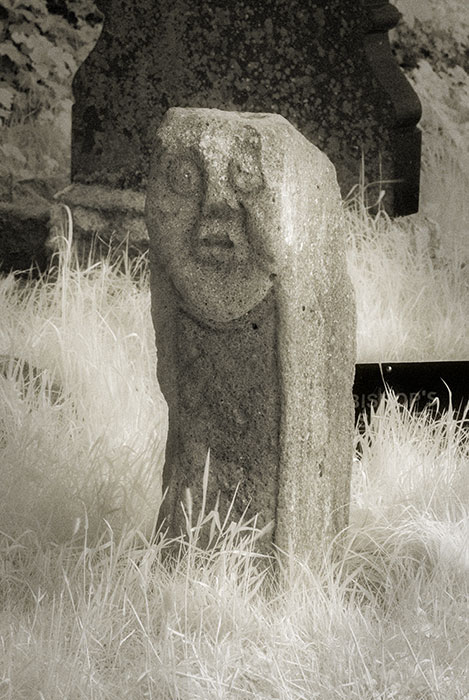
Killadeas, Co Fermanagh, Northern Ireland
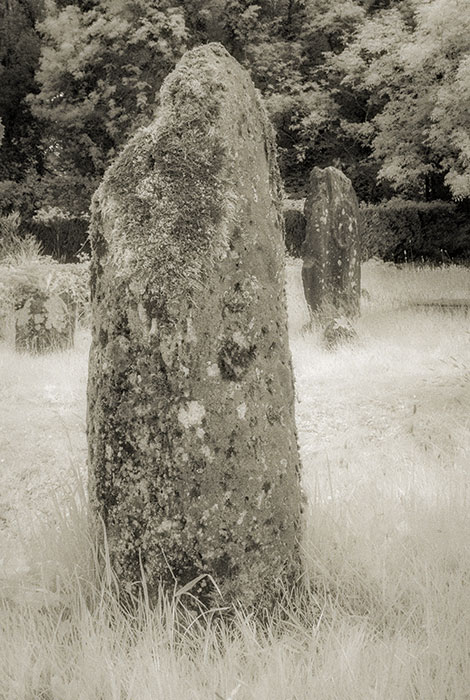
Killadeas – Standing Stone
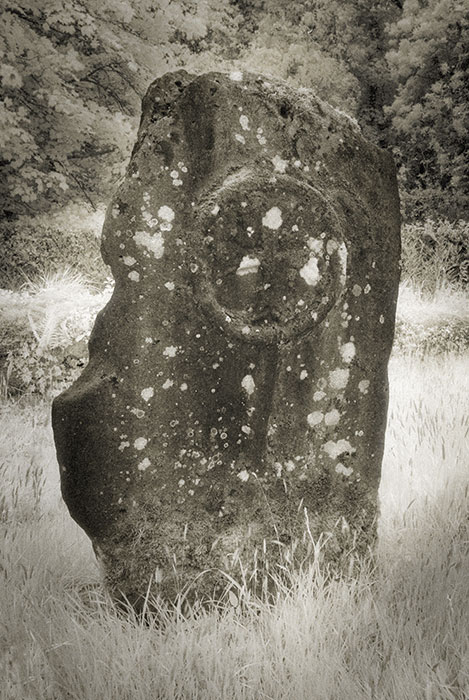
Killadeas – Cross anb Cupmarked Slab
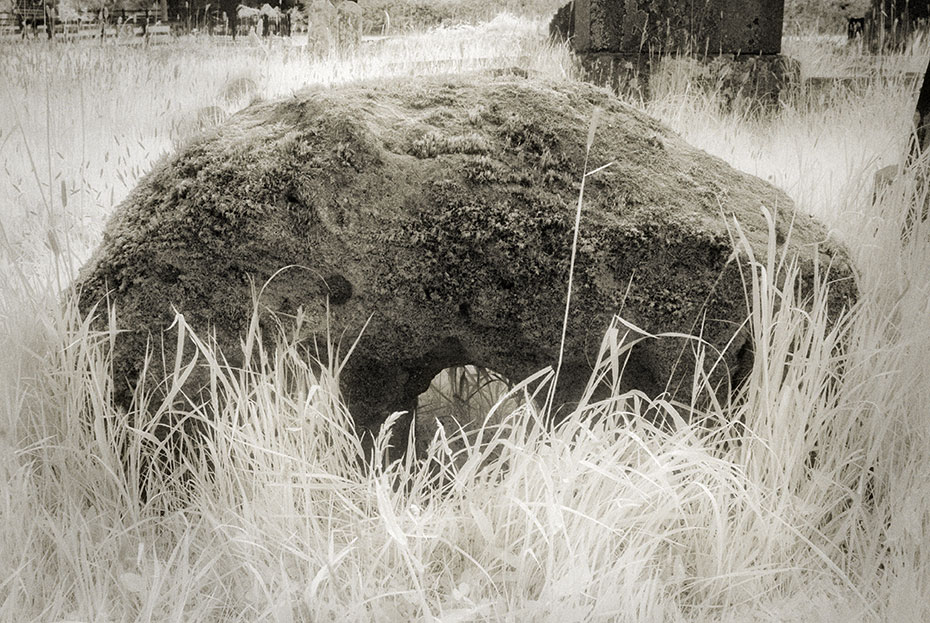
Killadeas – Holed Stone
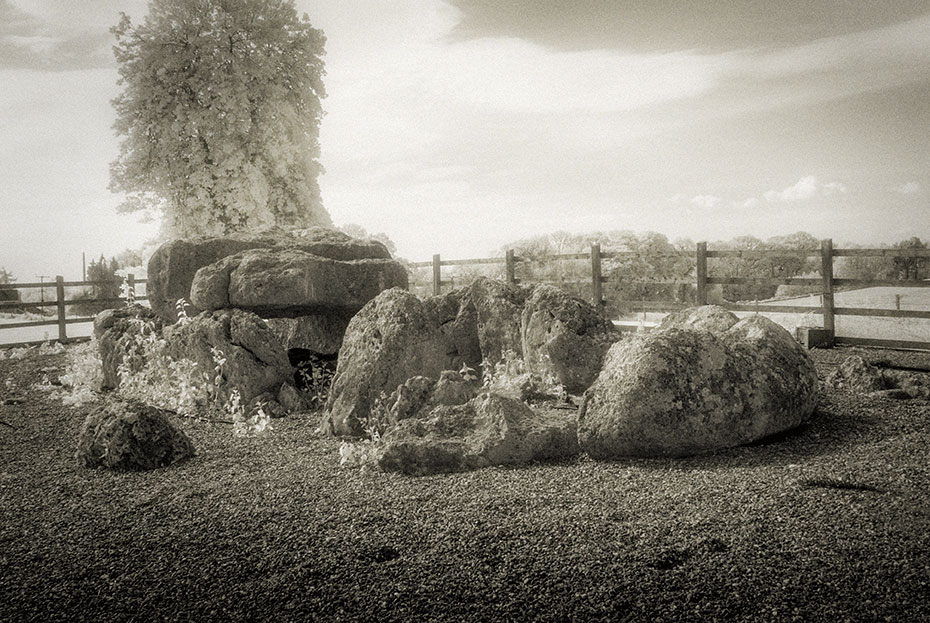
Loughry Wedge Tomb, Co tyrone, northern Ireland
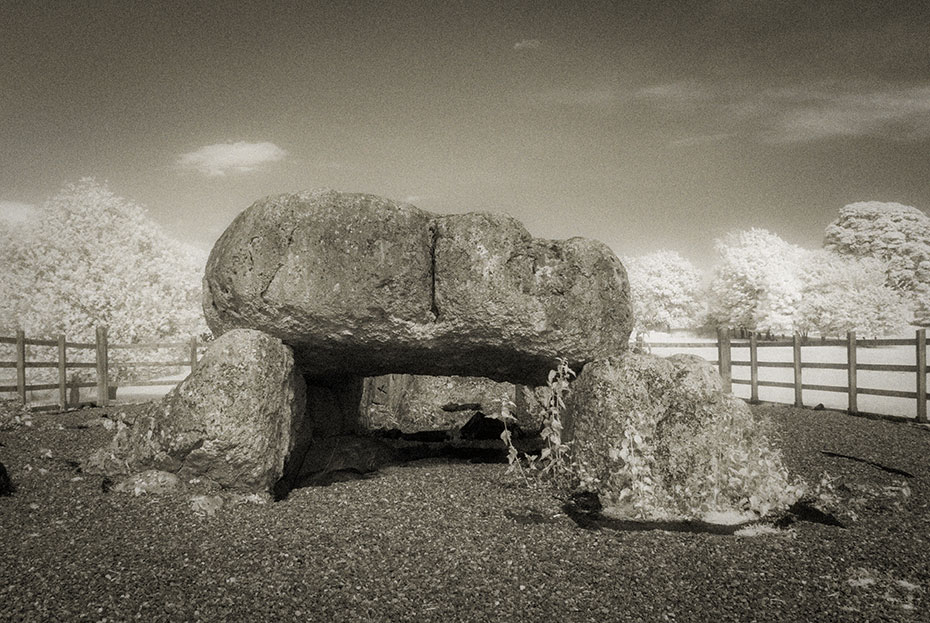
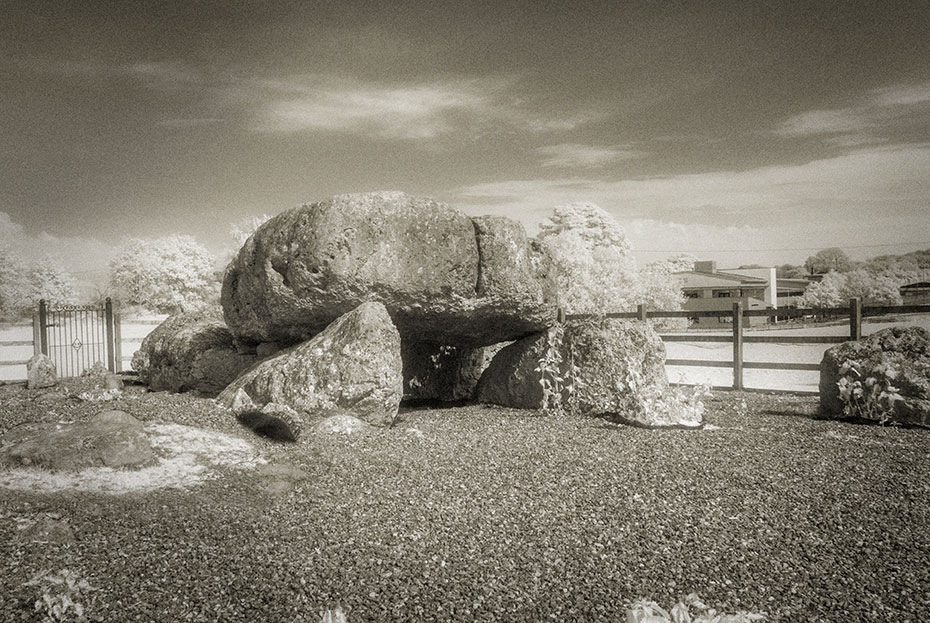


Inishmacsaint High Cross – unknown date, possibly 12th century
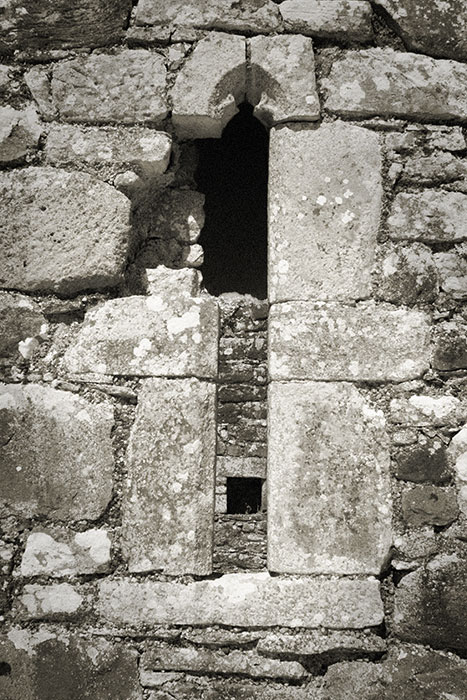
Small window in the ruined church beside the cross

A monastery was founded by St Ninnid in the 6th century here
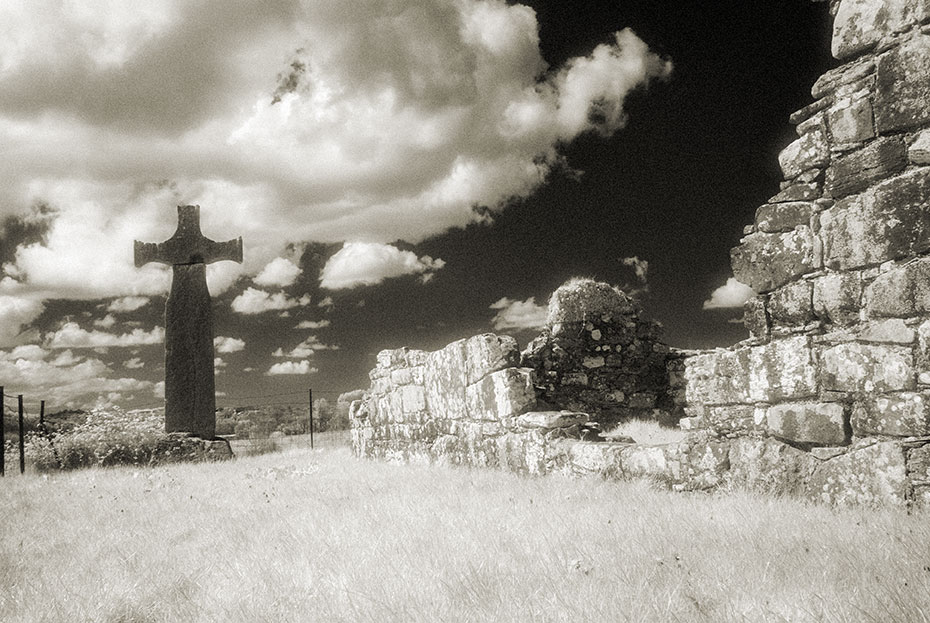
Inishmacsaint Island, Lower Lough Erne, Co Fermanagh, Northern Ireland
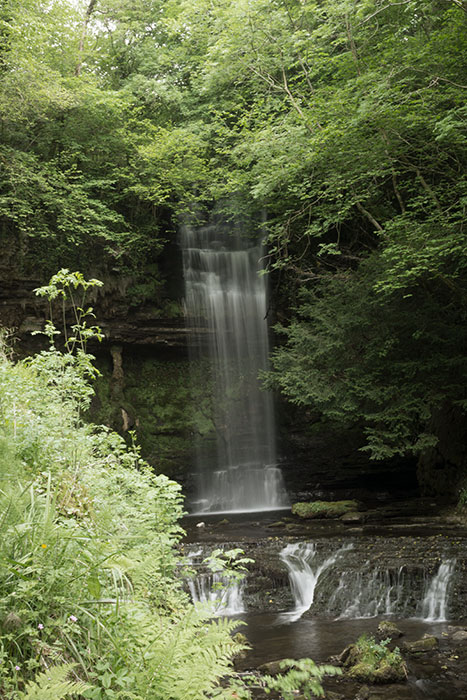
Glencar Waterfall, Co Leitrim, Ireland


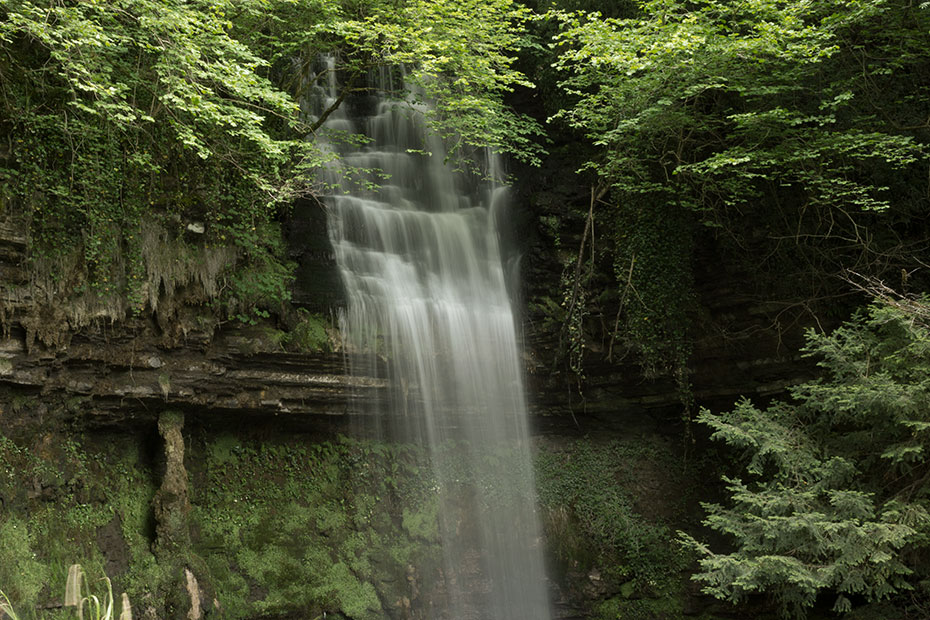
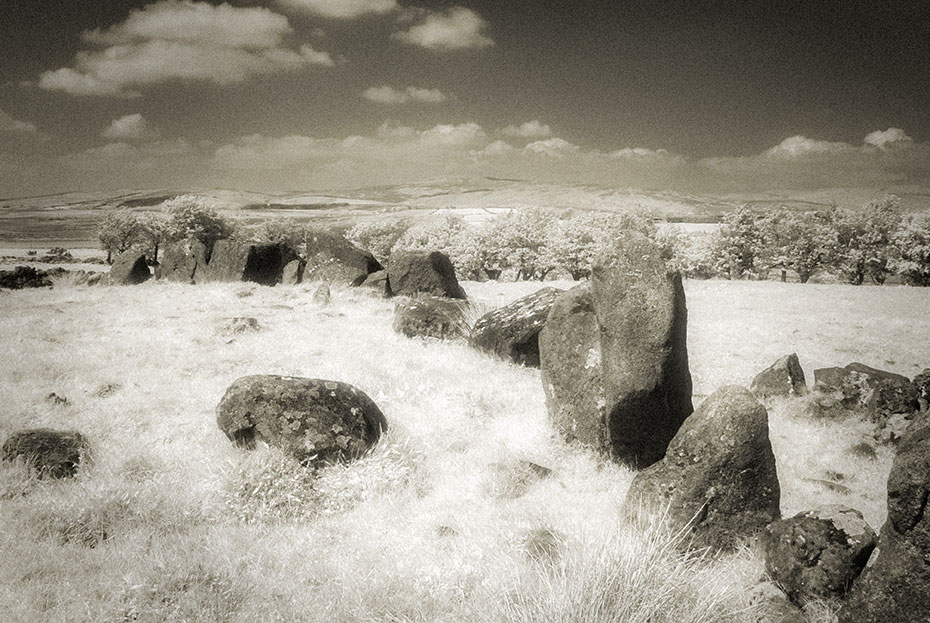
Ballybriest Court Tomb – aka Carnanbane, Co Derry, Northern Ireland
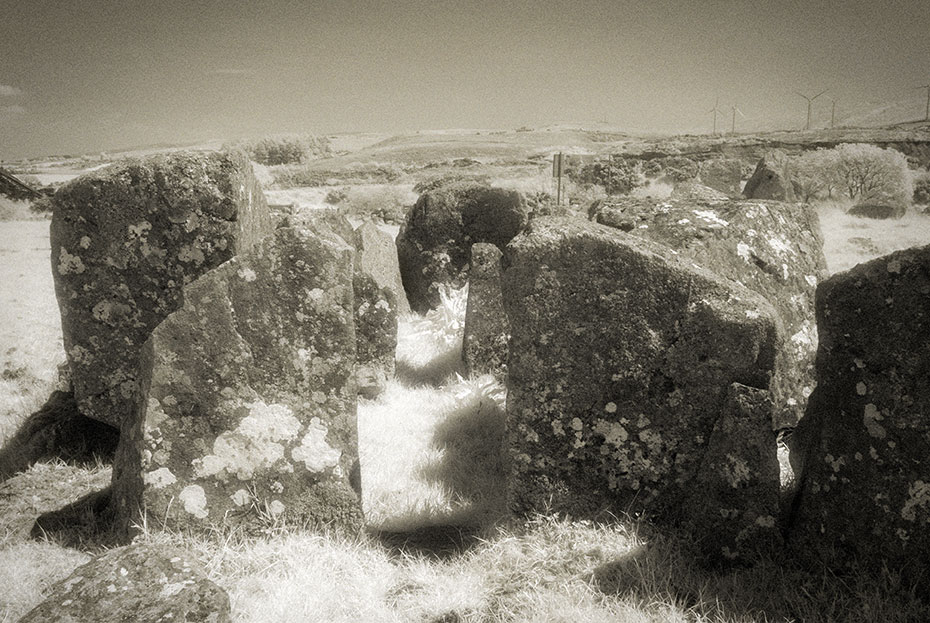
Entrance to the western gallery
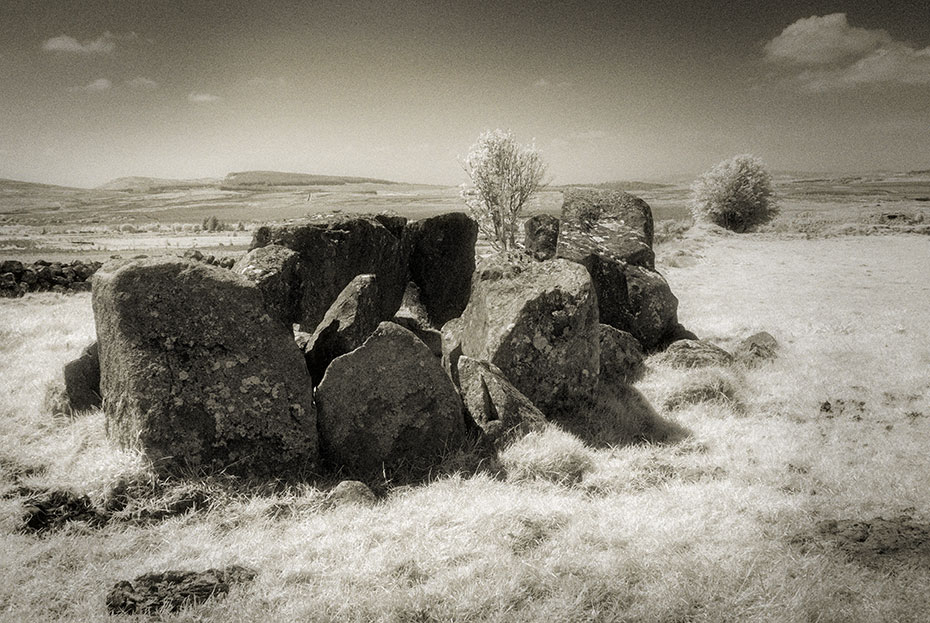
The western gallery from the back
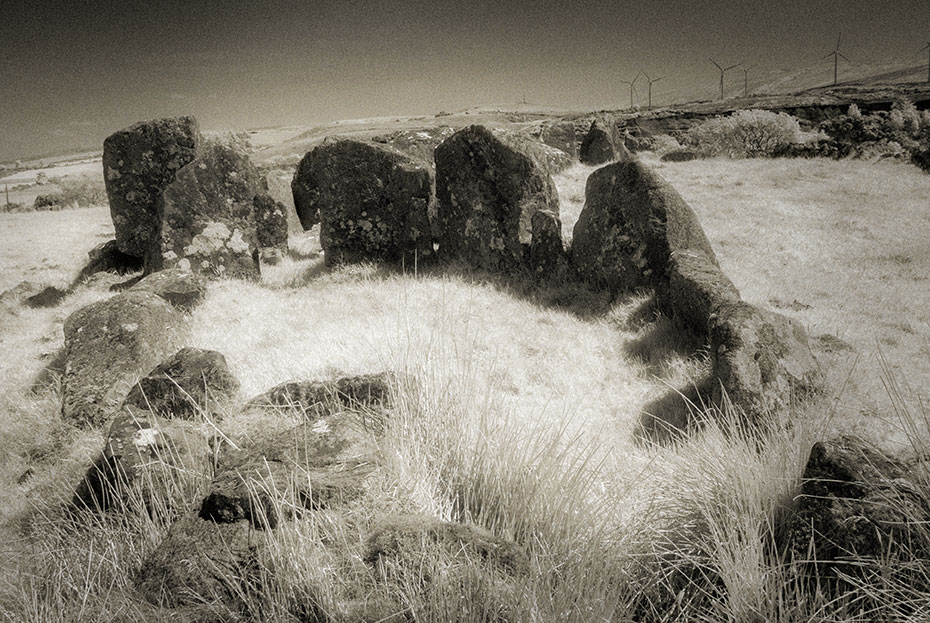
The entrance to the gallery and the western court
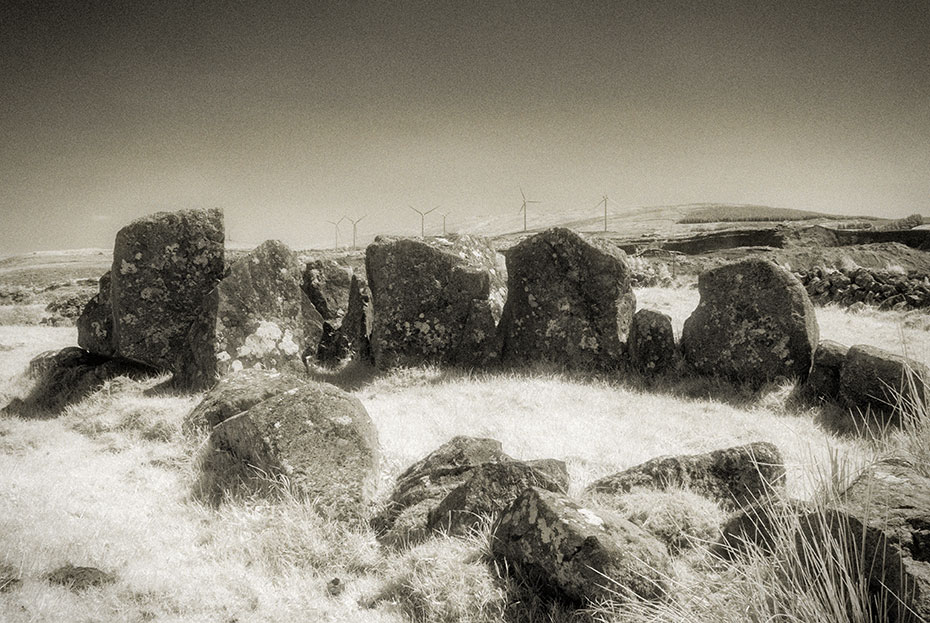
The remains of the court at the western gallery
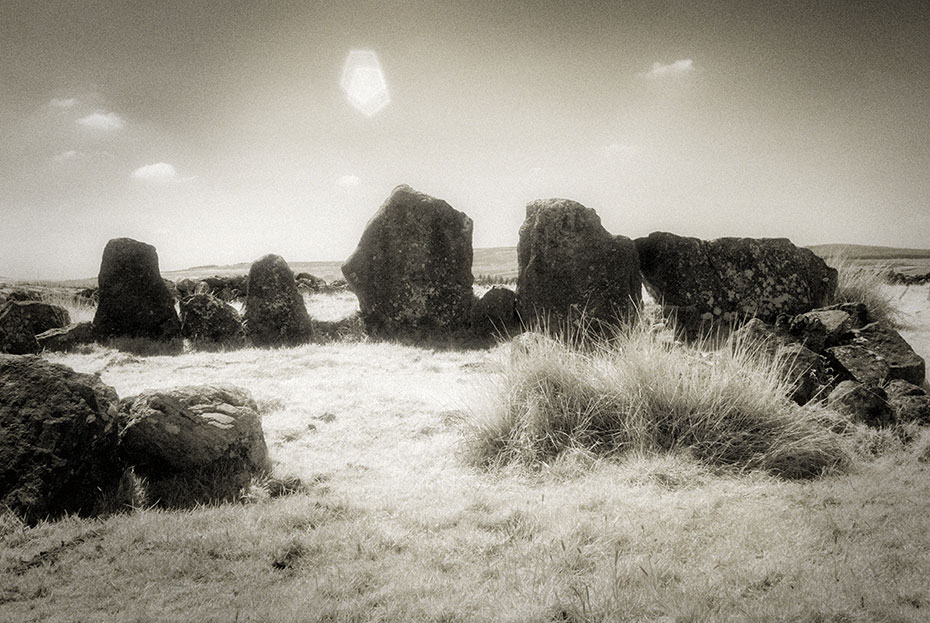
The ruin of Carnabane (Ballybriest) Double Court Tomb
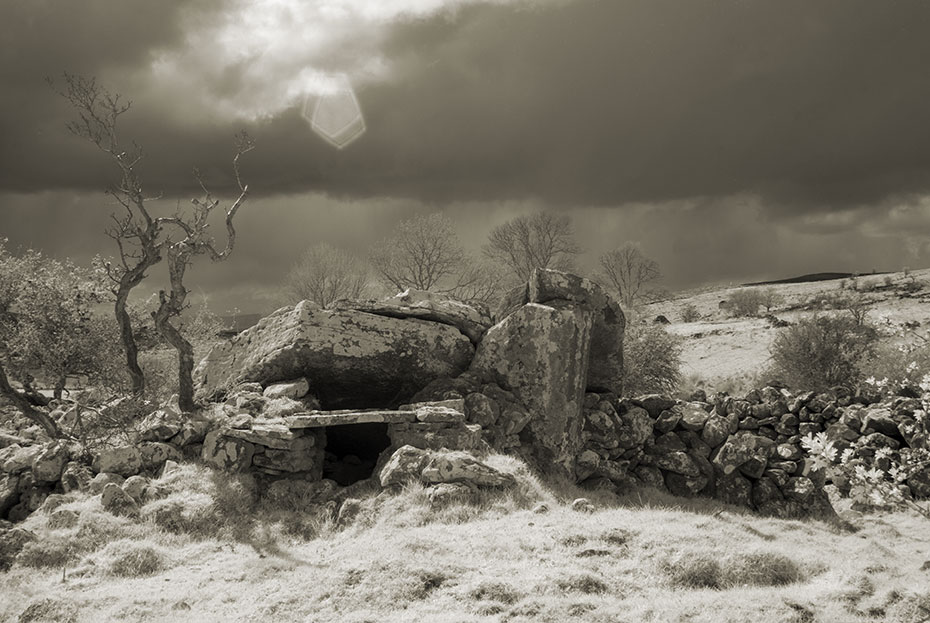
Moneygashel Portal Tomb, Co Cavan, Ireland
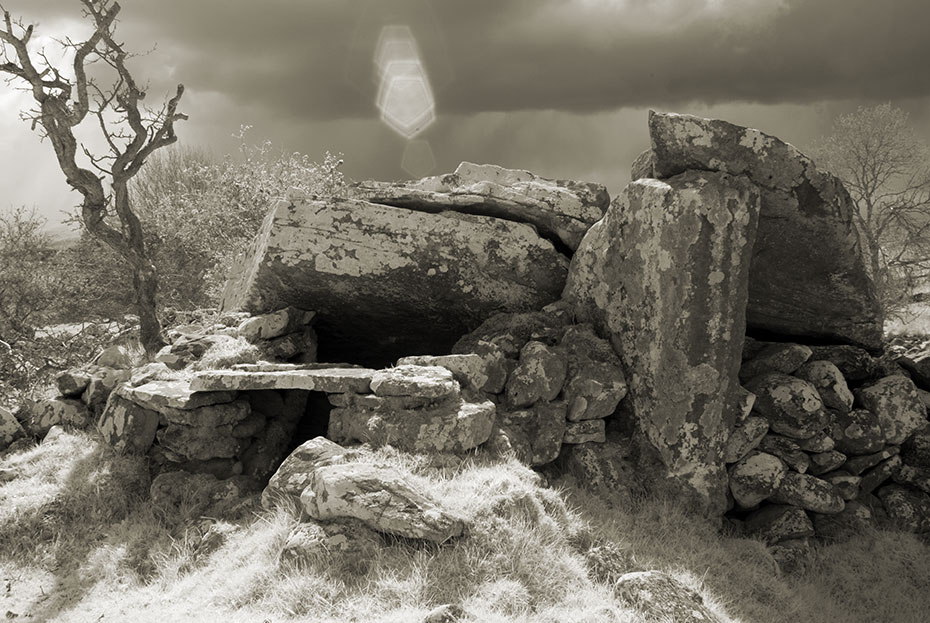
Moneygashel Dolmen is located a short distance from Moneygashel Cashel
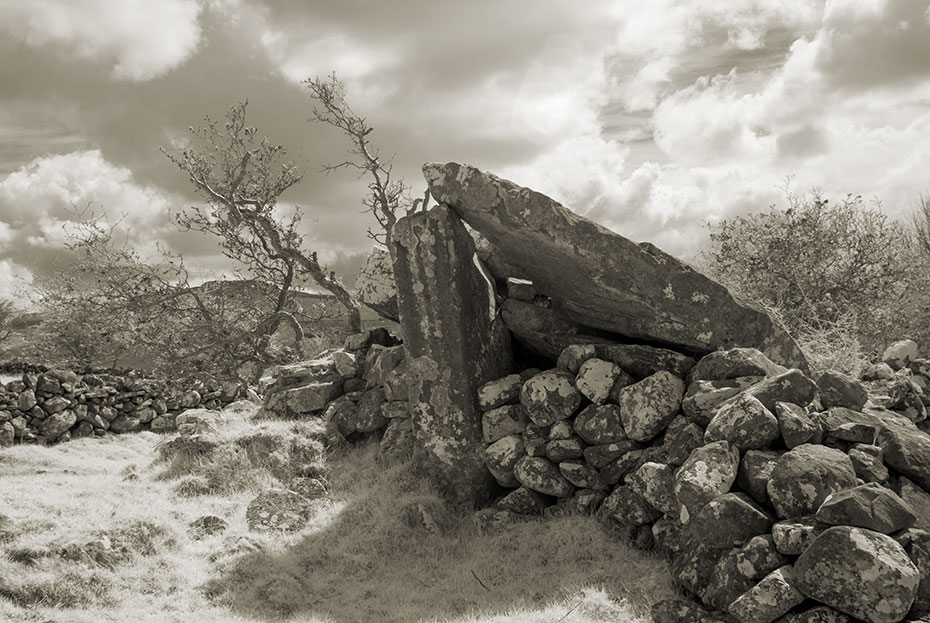
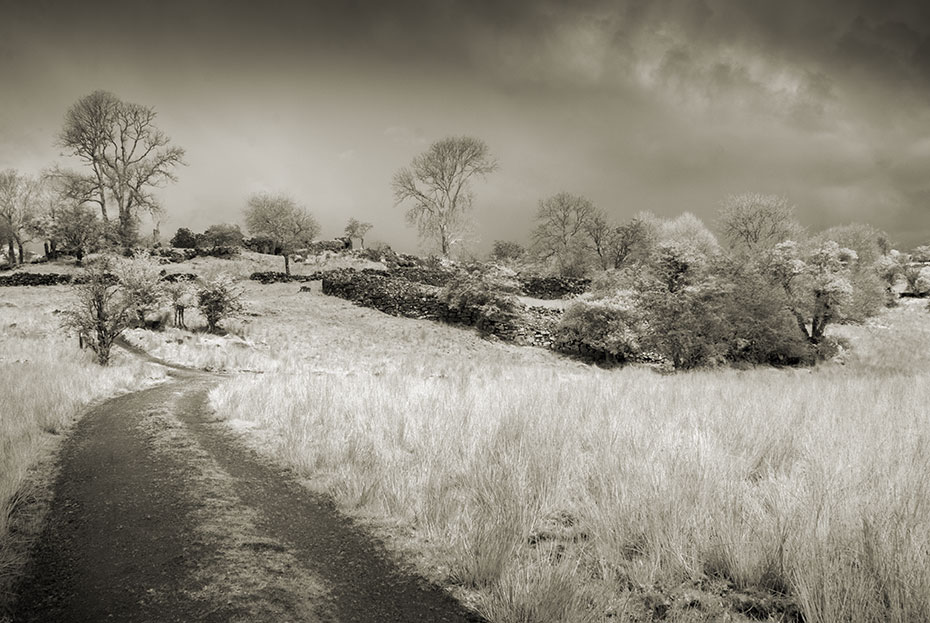
The track leading to Moneygashel stone fort
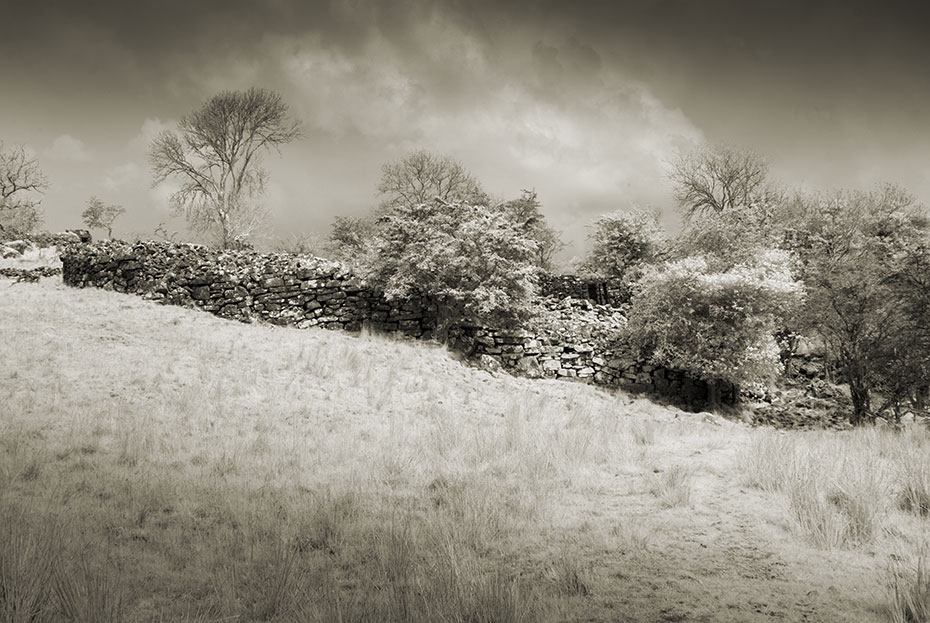
Moneygashel Cashel, Co Cavan, Ireland
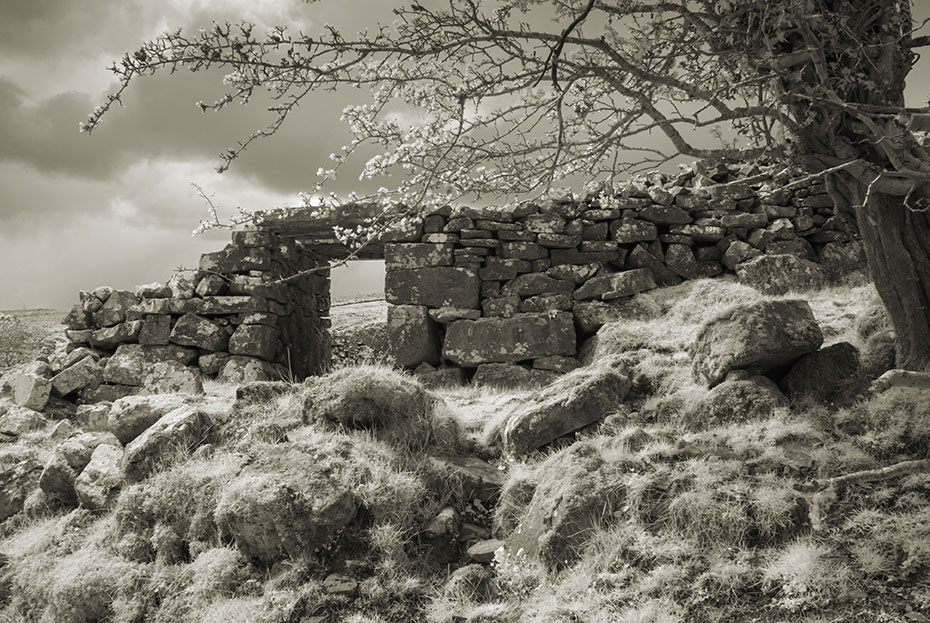
The entrance to the cashel
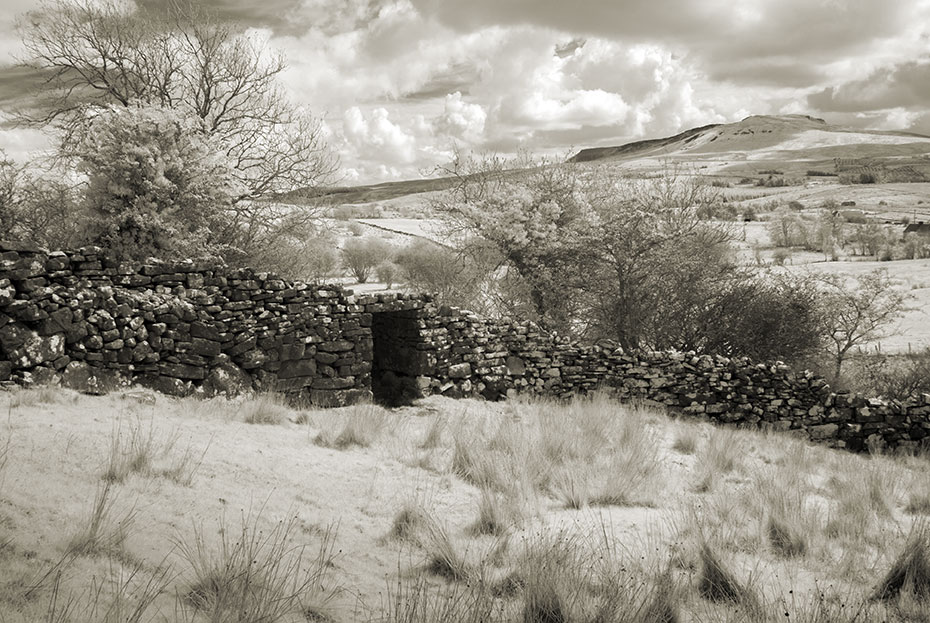
Inside the cashel with a view to the south
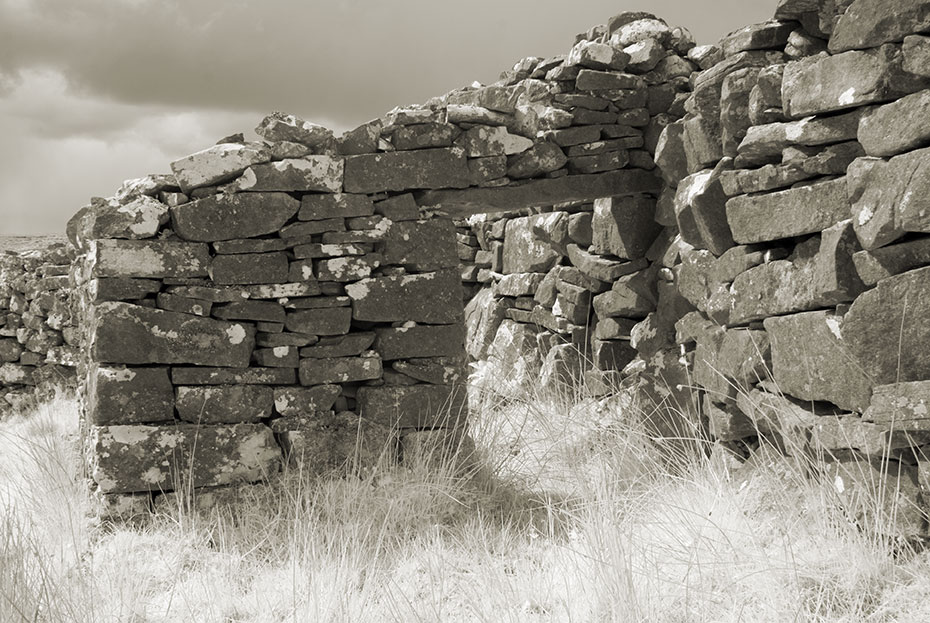
The building attached to the wall of Moneygashel Stone Fort
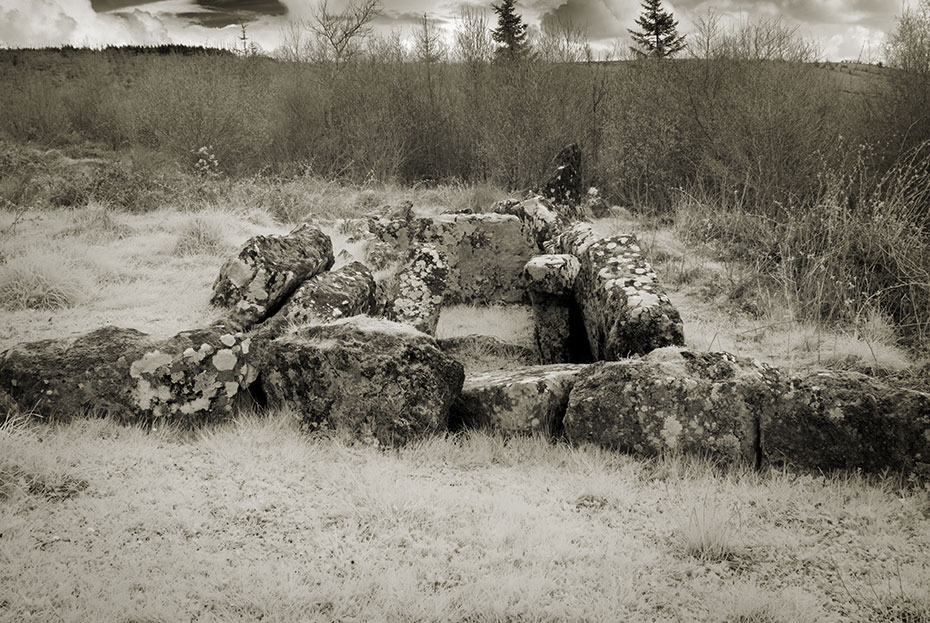
West court of Aghnaglack Court Tomb, Co Fermanagh, Northern Ireland

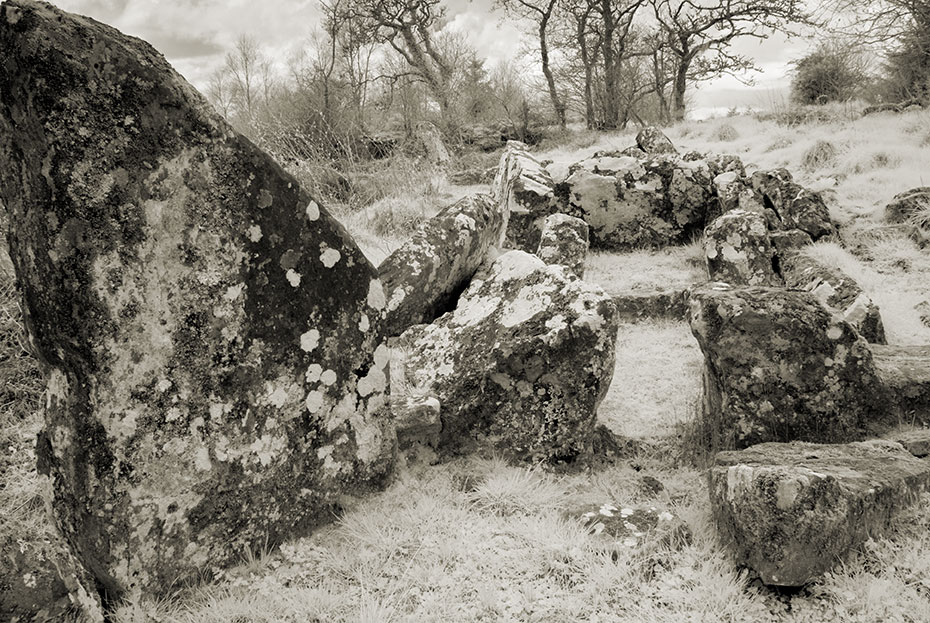
The east court of this double court tomb
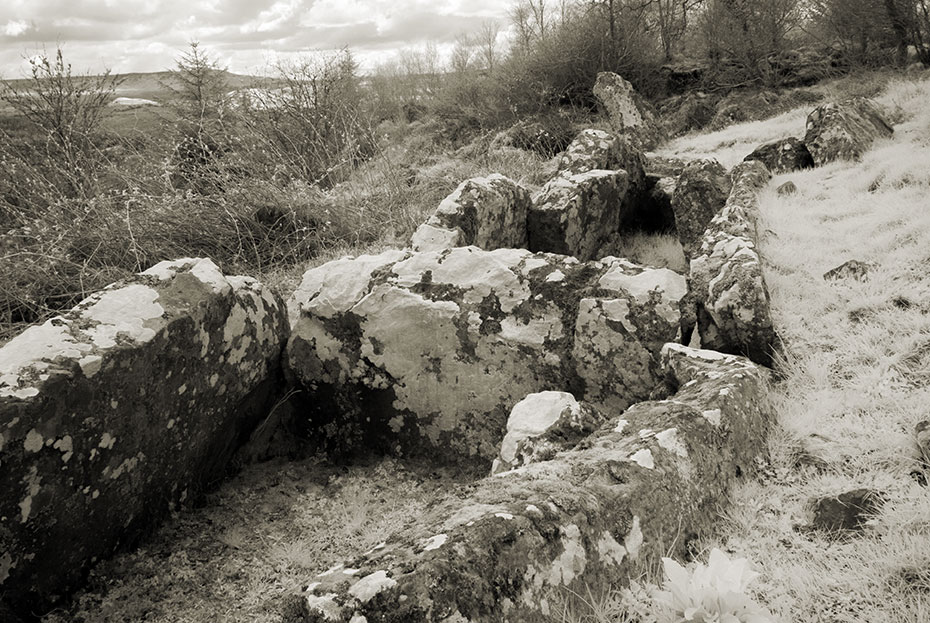
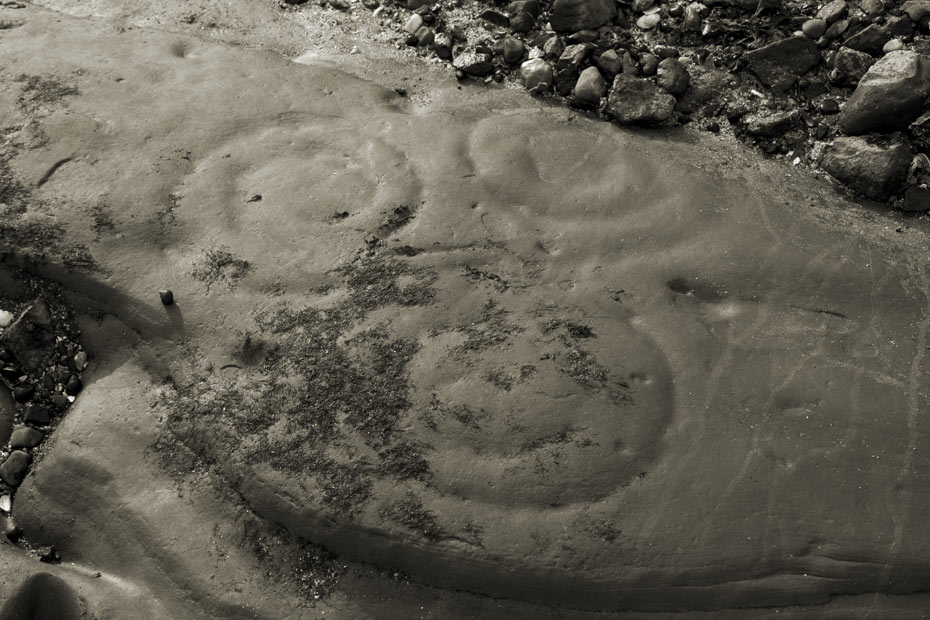
Rock Art, Whiteabbey (Lough shore), Co Antrim, Northern Ireland
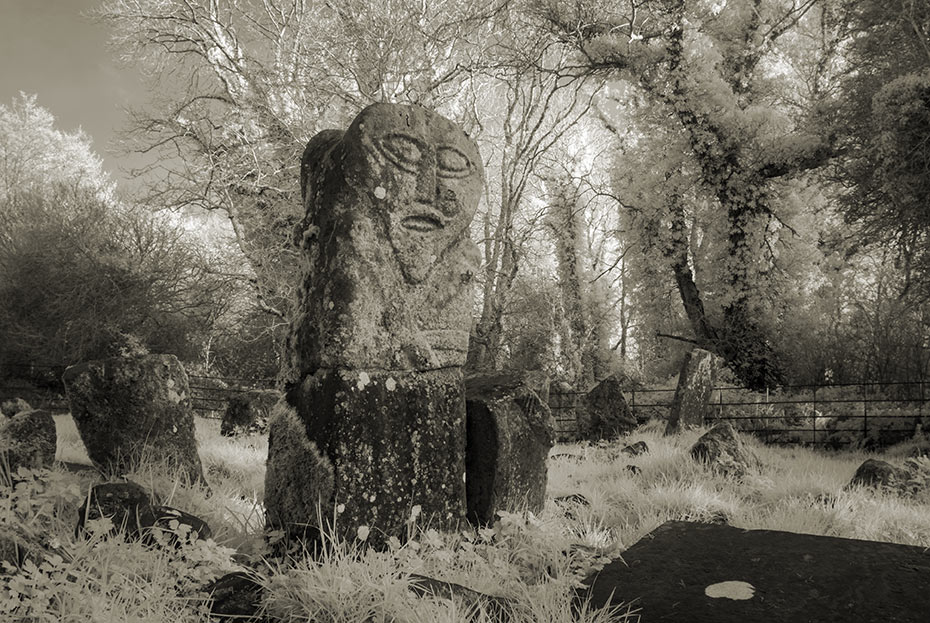
Caldragh graveyard pagan statue, Boa Island, Lower Lough Erne in Co Fermanagh, Northern Ireland.
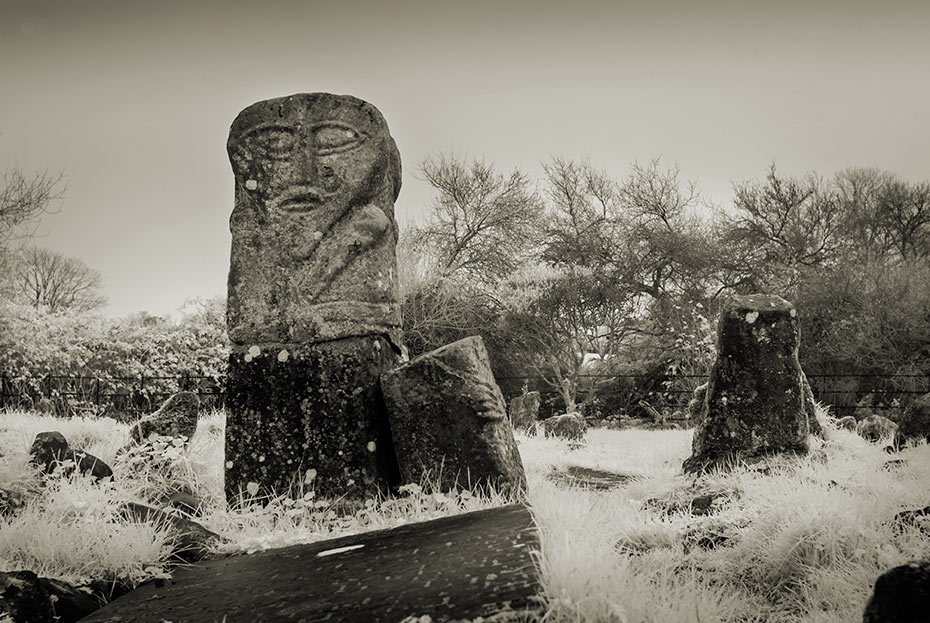
The west face of the idols
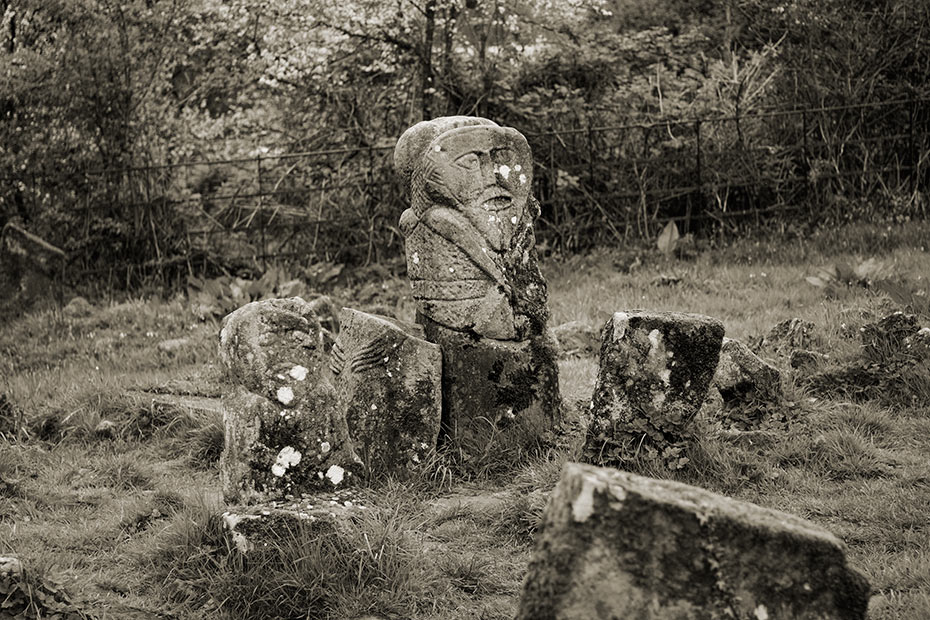
East face of the two pagan statues in Caldragh graveyard

Bert’s Boat in snow, Dunfanaghy, Co Donegal, Ireland

The location for the Summer Sea in Game of Thrones, Lough Neagh, Antrim, Co Antrim, Northern Ireland
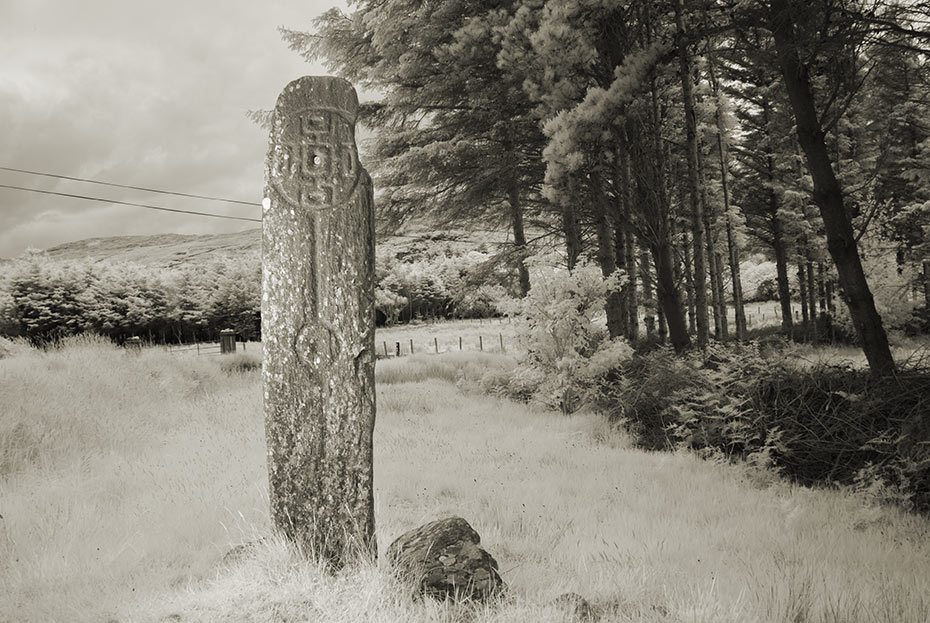
Glencolmcille Turas Station 9, Co Donegal, Ireland. The decorated northern face of the holed cross pillar

The stone is also known as Cloch an Aonaigh or the Stone of the Gathering
Glencolmcille Turas Station 2, Co Donegal, Ireland
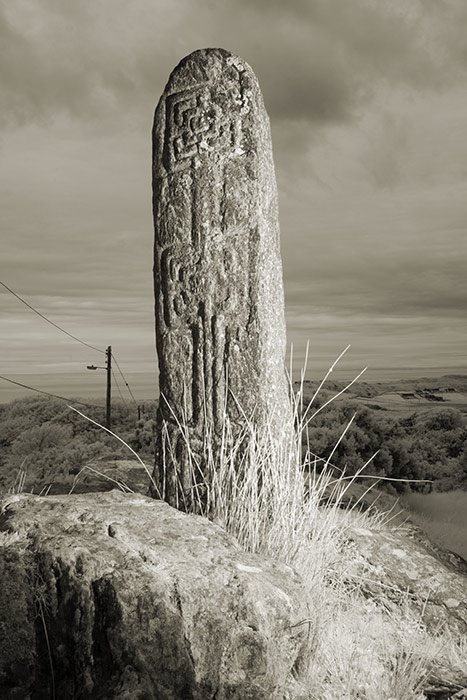
The pillar is inscribed on both sides – this is the east face
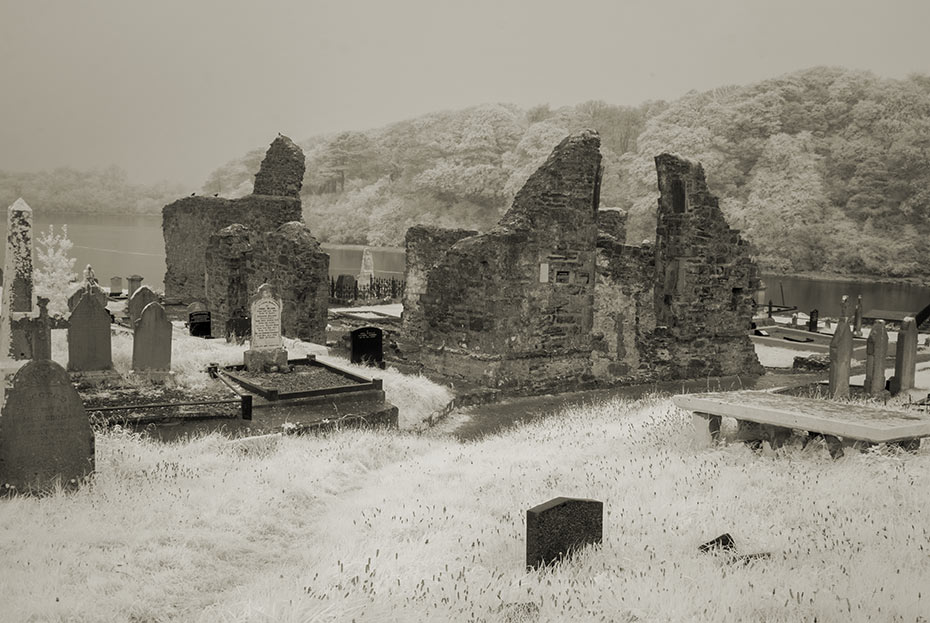
The ruins of Donegal Franciscan Abbey on the River Eske, Co Donegal, Ireland


Scraghy Portal Tomb, Co Tyrone, Northern Ireland

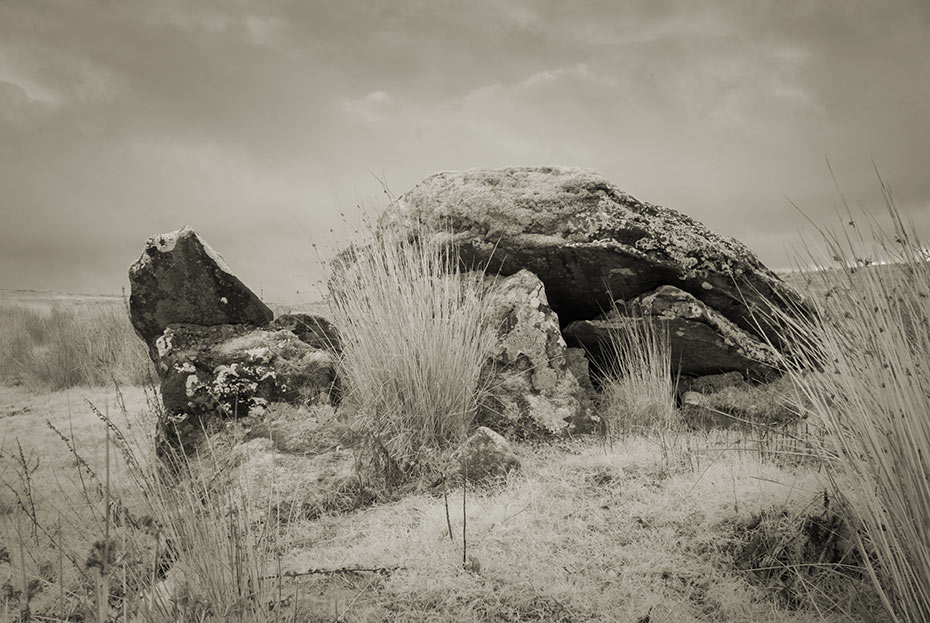
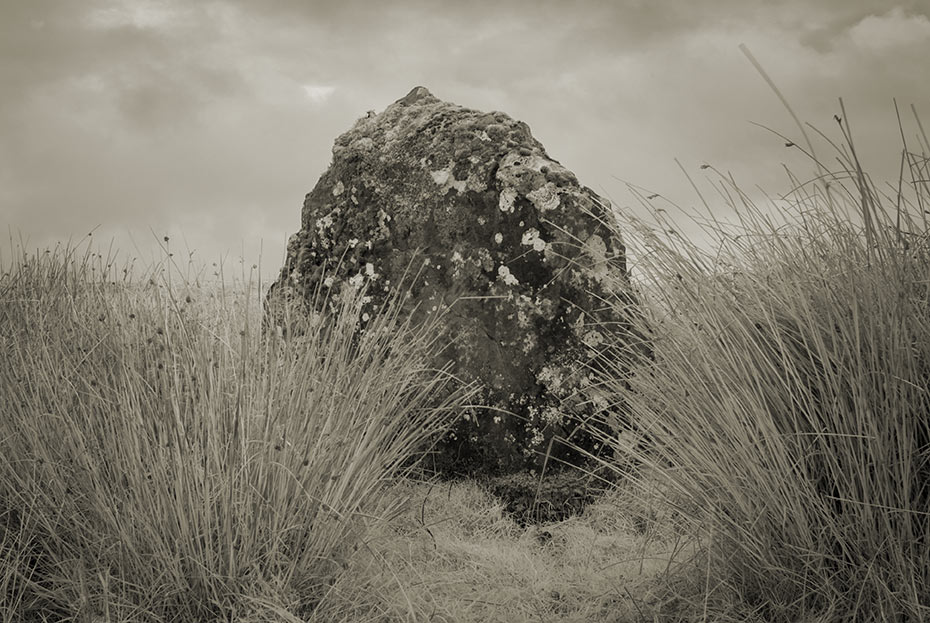
The standing stone close to Scraghy Portal Tomb
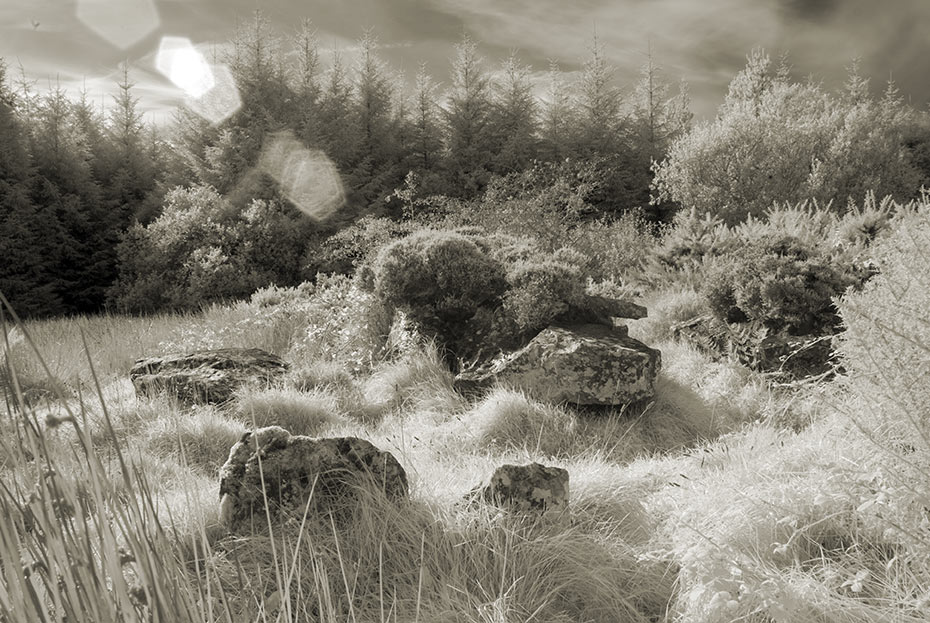
The three Wedge Tombs at the overgrown Chasheltown site. The 2 stones in the foreground are part of a kerb that encircles the tombs
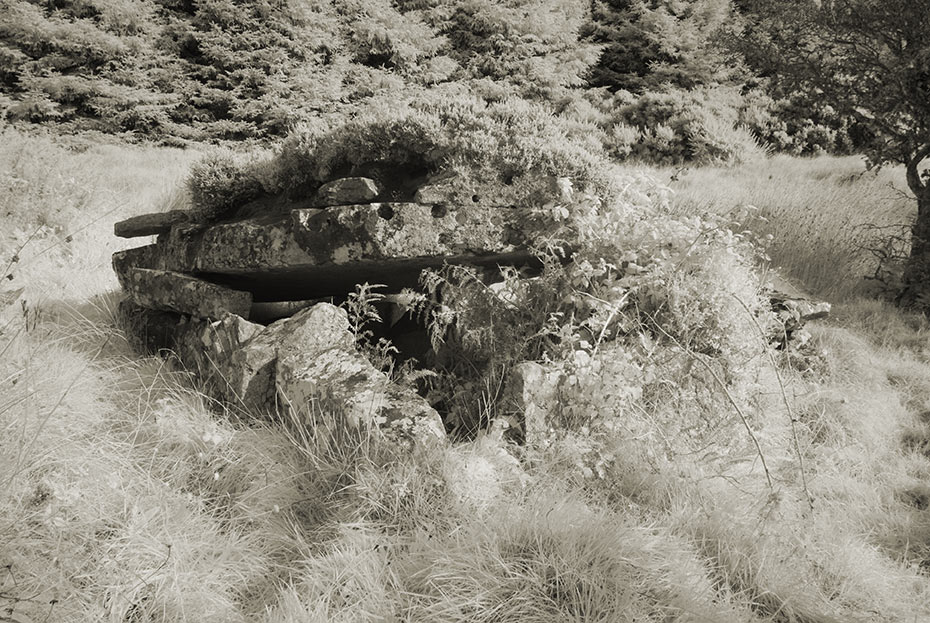

The largest of the Casheltown Wedge Tombs with the smallest just to the right
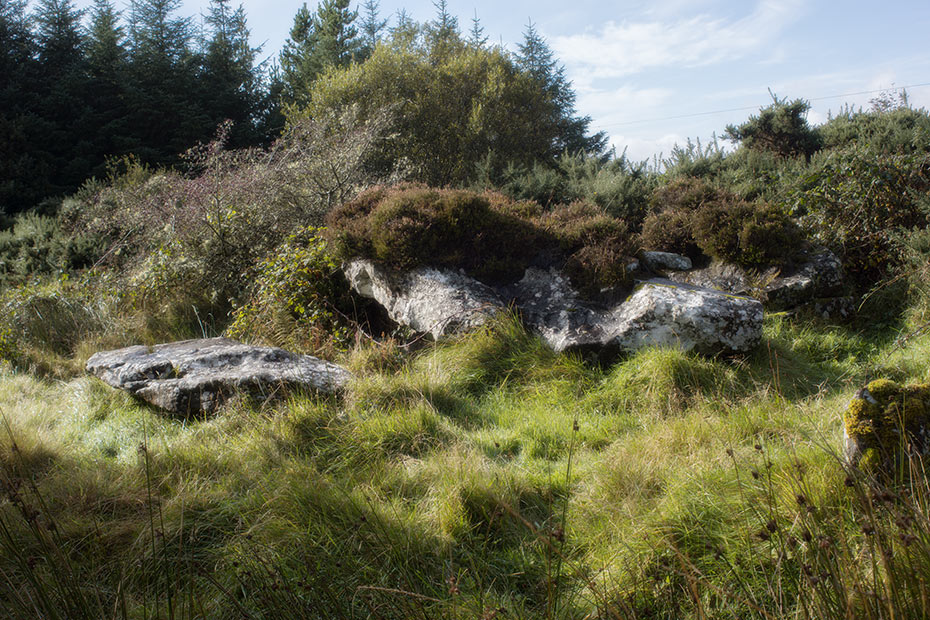
The overgrown site in colour

The smallest of the tombs
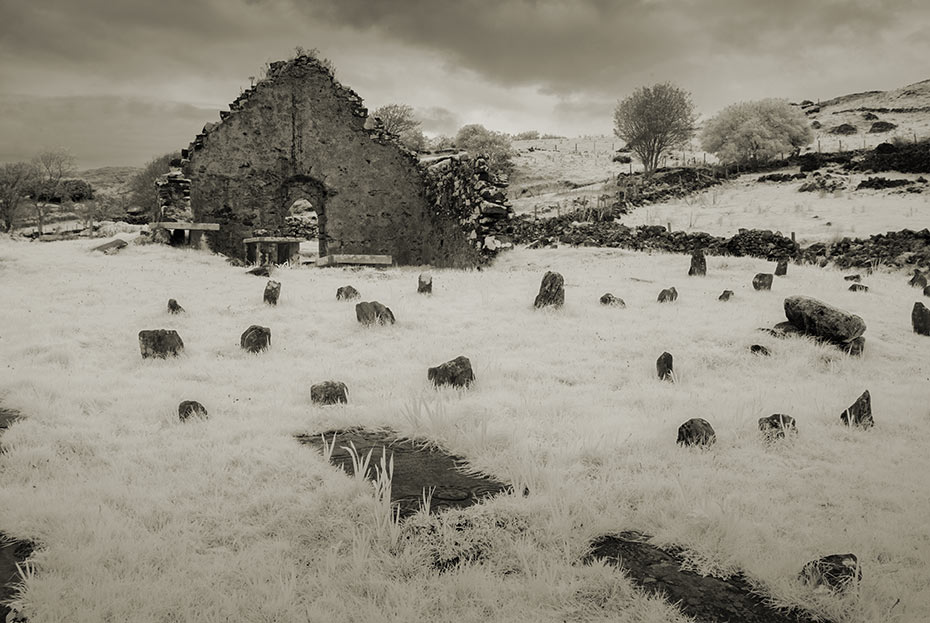
Kilcar old church and graveyard, Co Donegal, Ireland
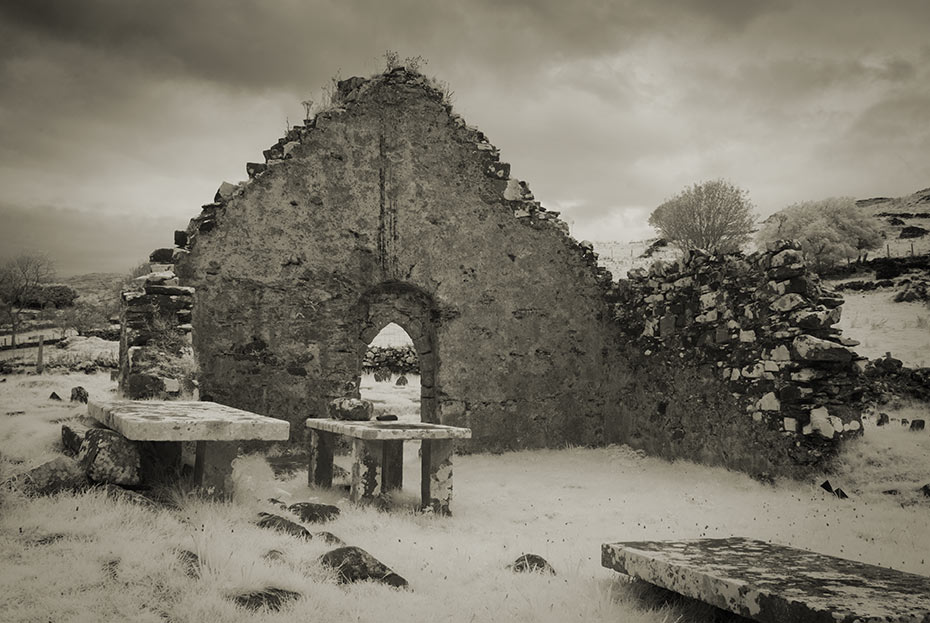
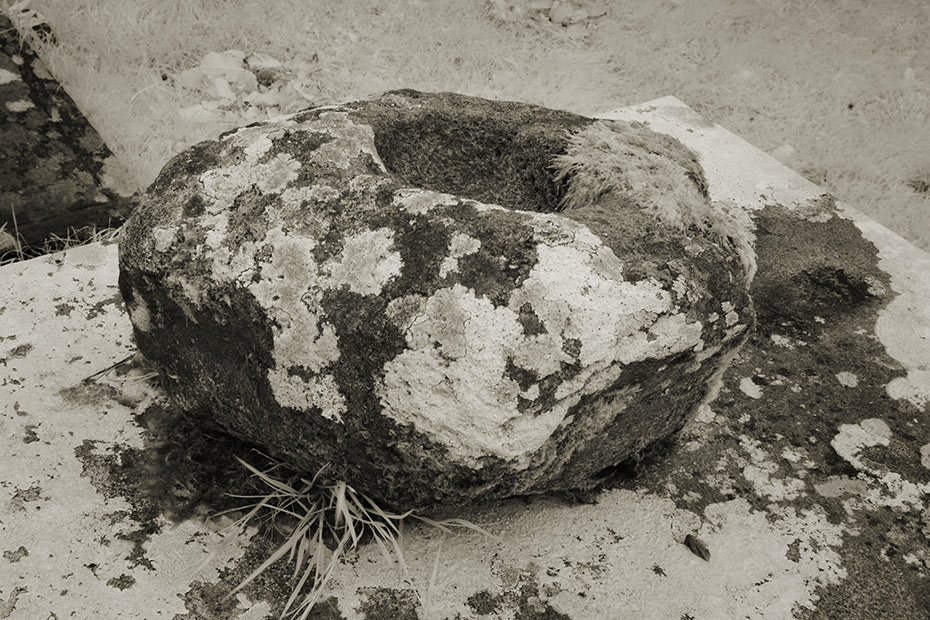
The bullaun stone that sits in the ruin of Kilcar old church
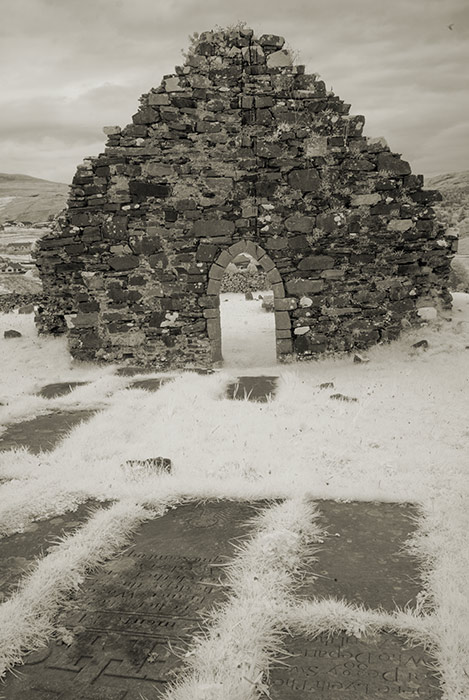

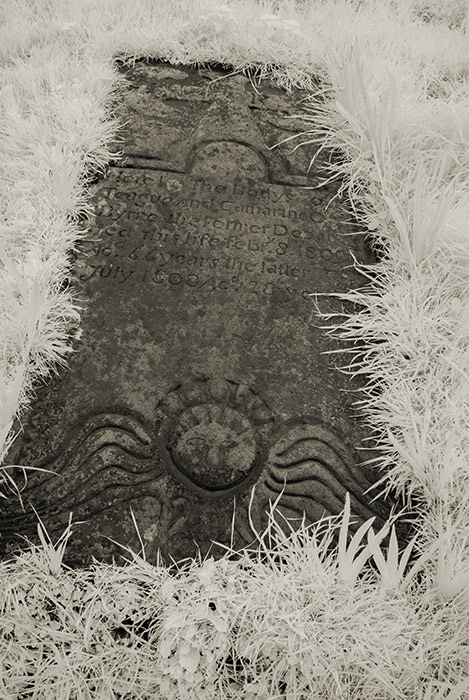
Two of the numerous grave slabs that lie in the graveyard

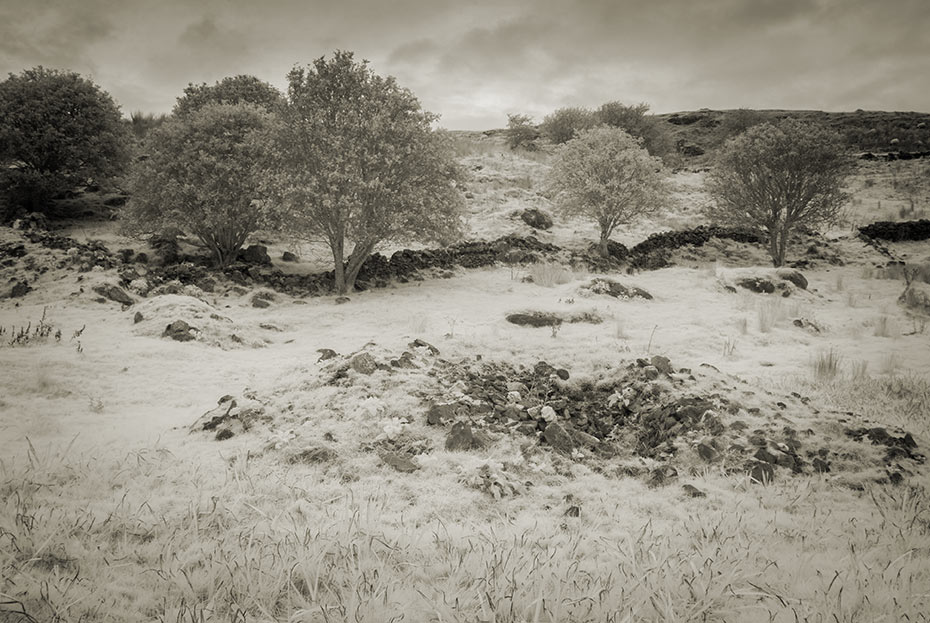
The Cairn and Holy Well in a field next to Kilcar old church
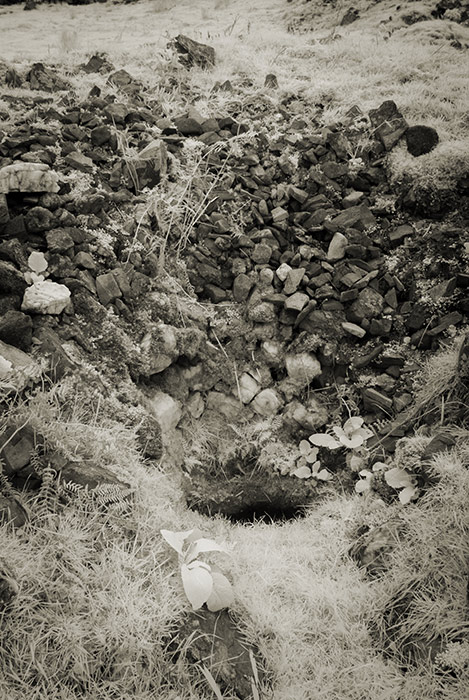
The holy well flows into a bullaun stone or rock-basin
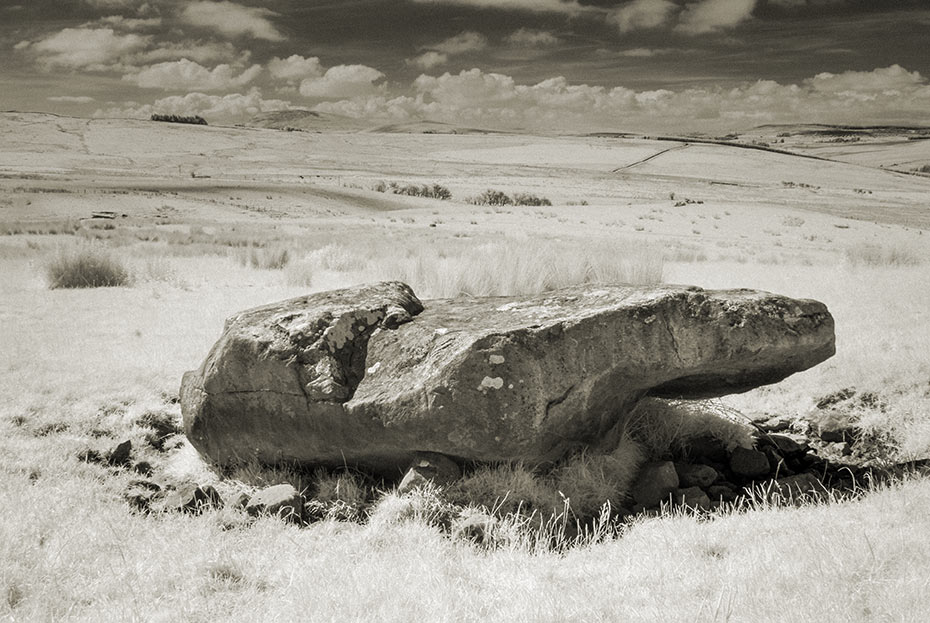
Boulder Burial, Dunteige, Co Antrim, Northern Ireland
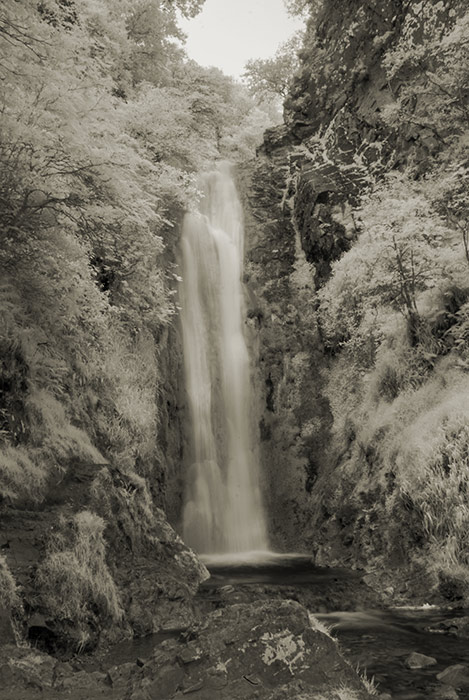
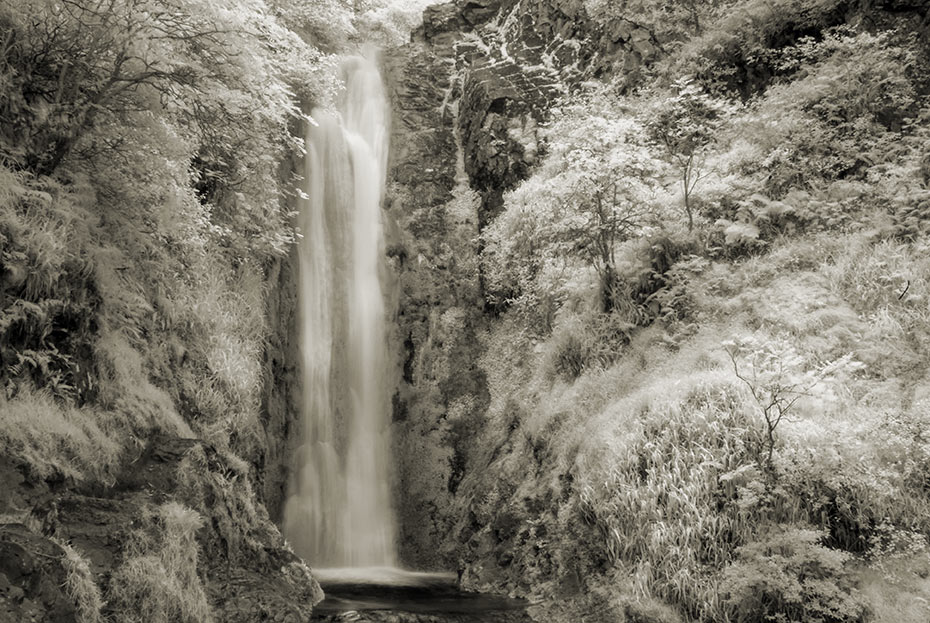
Glenevin Waterfall, Clonmany, Inishowen, Donegal, Ireland
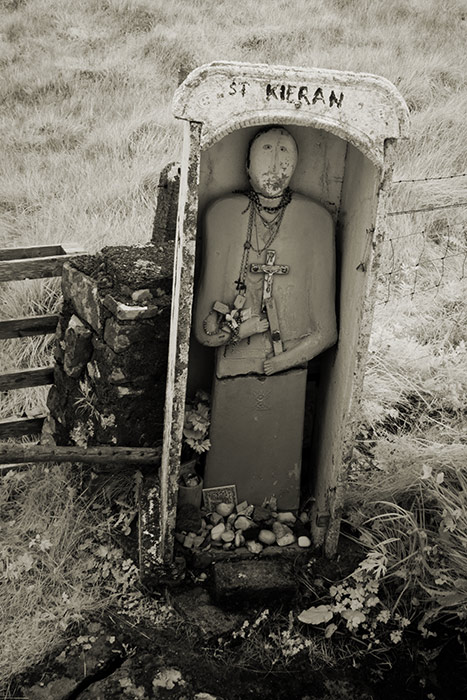
St Kieran’s Holy Well, Kilcar, Co Donegal, Ireland
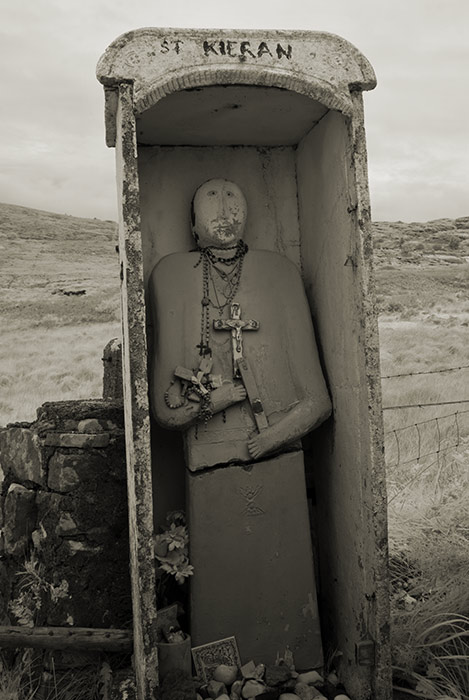
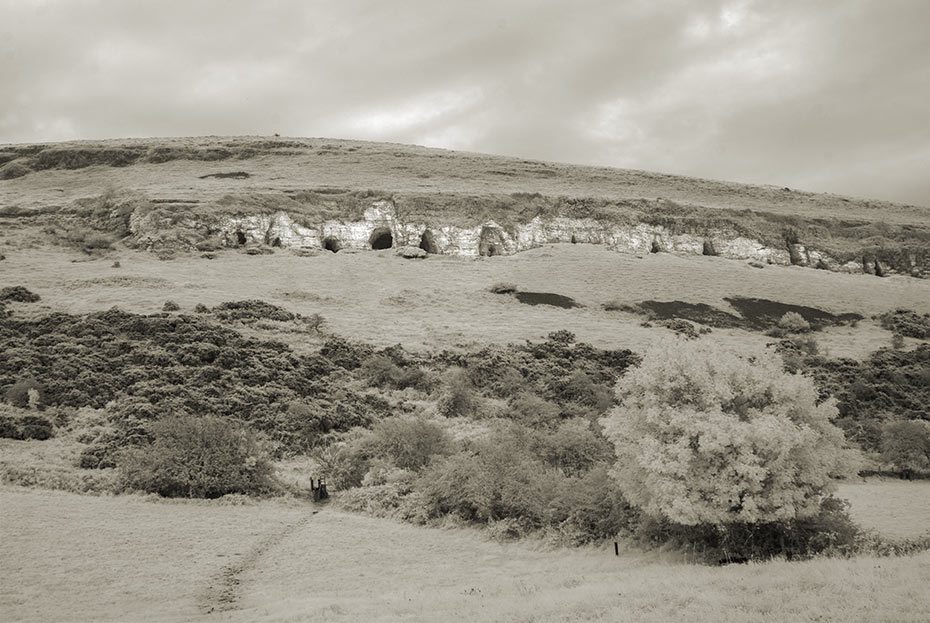
Caves of Kesh, Keshcorran, Sligo, Ireland

In Irish mythology the caves of Kesh were believed to be an entrance to the the Otherworld. One story tells how, when on a hunt, Fionn mac Cumhaill, head of the Fianna, was put under enchantment by three witches along with a troop of his men. The witches were the daughters of Conaran of the supernatural race Tuatha de Danaan who ruled in the underworld of Keshcorran. As the witches prepared to kill their captives the last of the hunting party Goll mac Morna encounters them and in a hard fought engagement slices in half two witches then beheads them and gets the better of the third putting her into bondage. In exchange for her life she agrees to dissolve the enchantment on Fionn and his Fianna. Diarmuid and Gráinne are also said to have sought refuge in the caves as the lovers evade Fionn mac Cumhaill who Gráinne had been betrothed to. Another story tells how the high king of Ireland Cormac mac Airt was born at the foot of Keshcorran and reared by a she-wolf with her cubs in the caves.
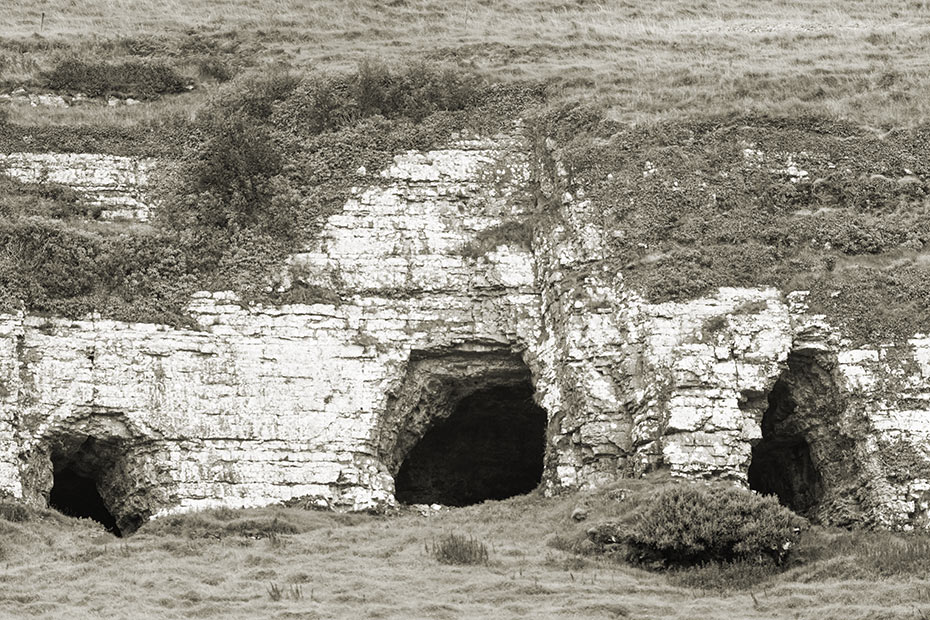
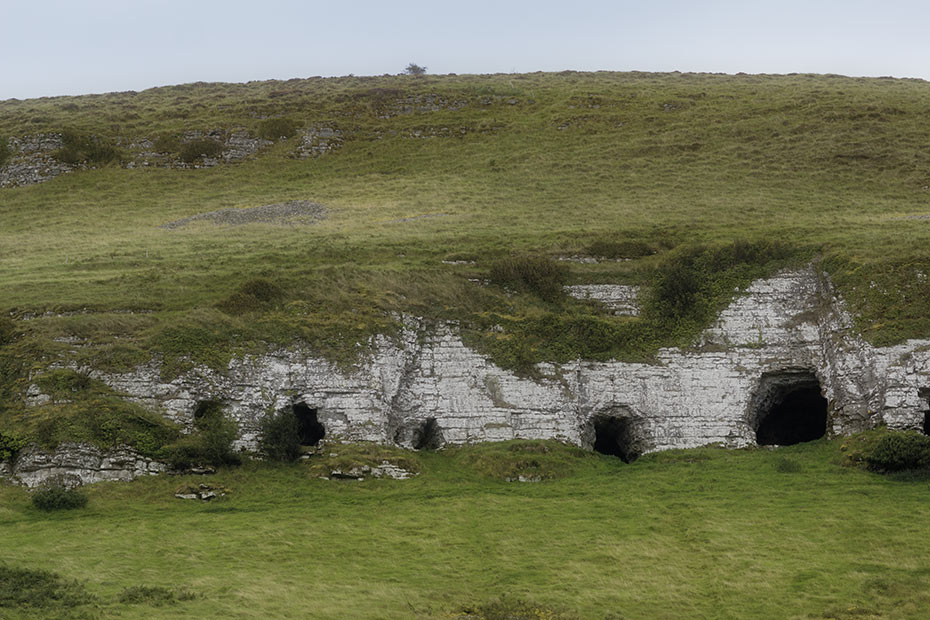
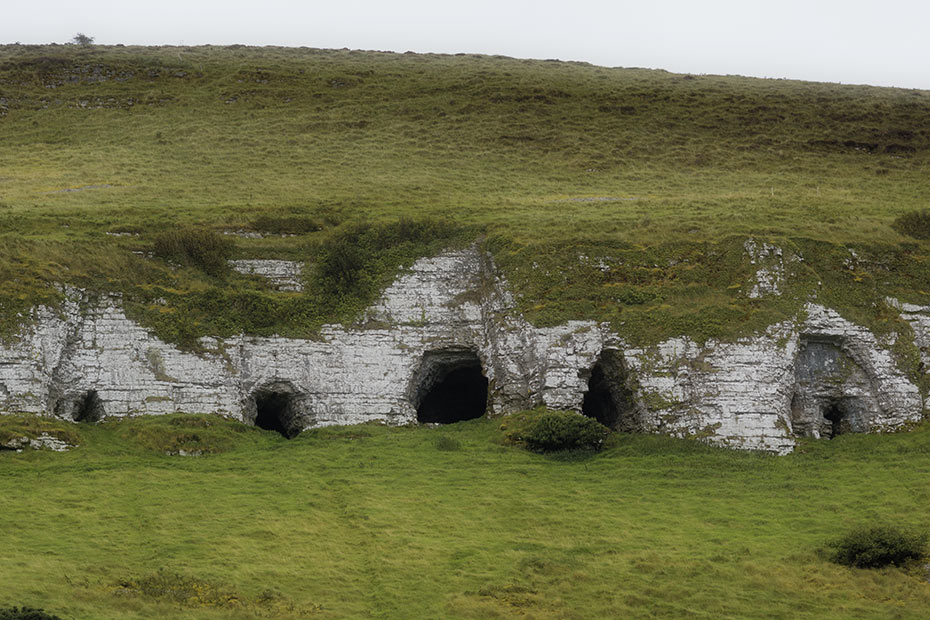

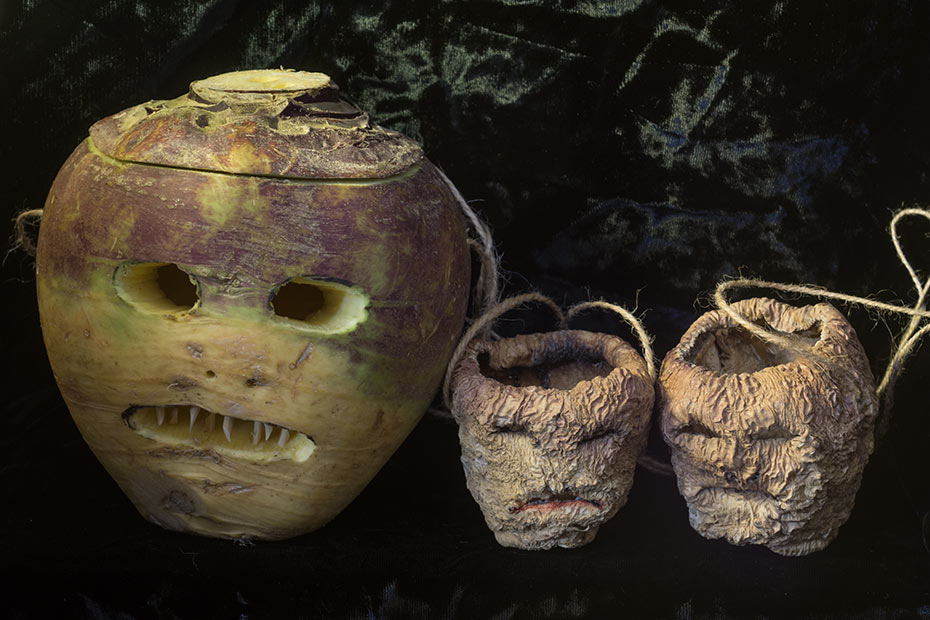
Last year I made a couple of Jack O’ Lanterns and kept them… they shriveled up and shrunk, that’s them beside the new one I made for Hallowe’en 2017. You can see how one of the shriveled ones looked originally here https://www.tonyoneill.org/2016/10/27/irish-jack-o-lantern/
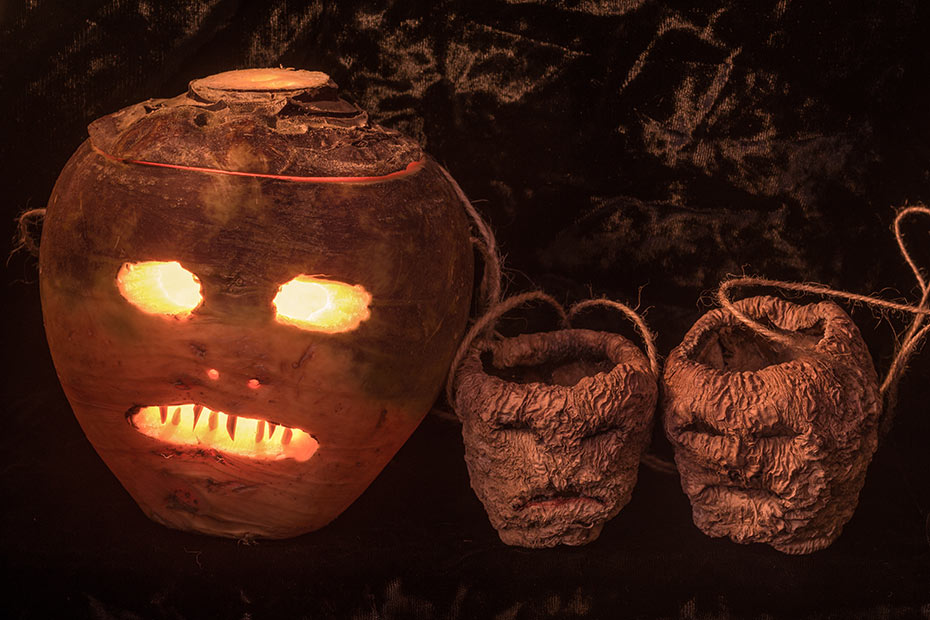

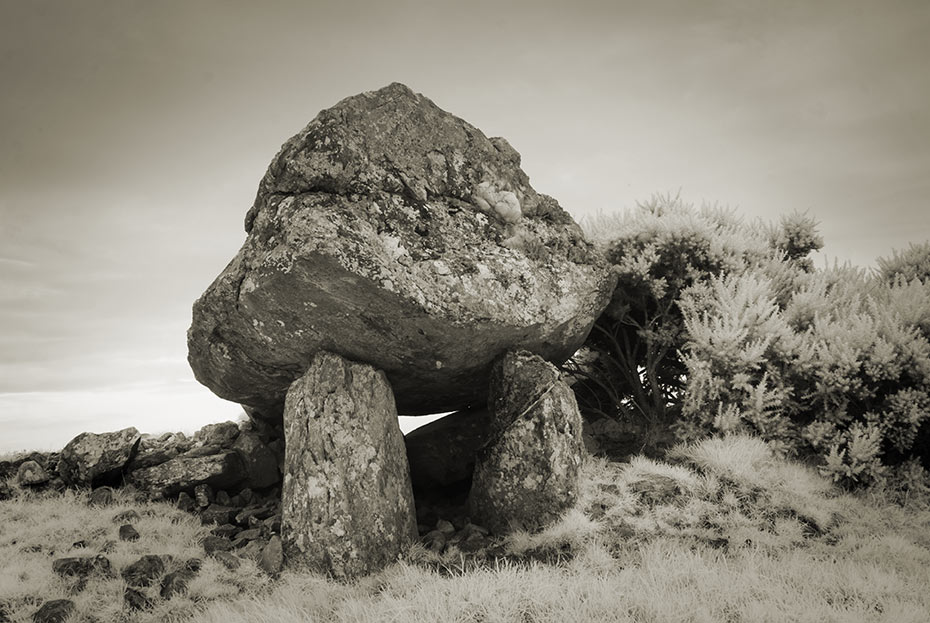
Leitrim Portal Tomb, Co Tyrone, Northern Ireland
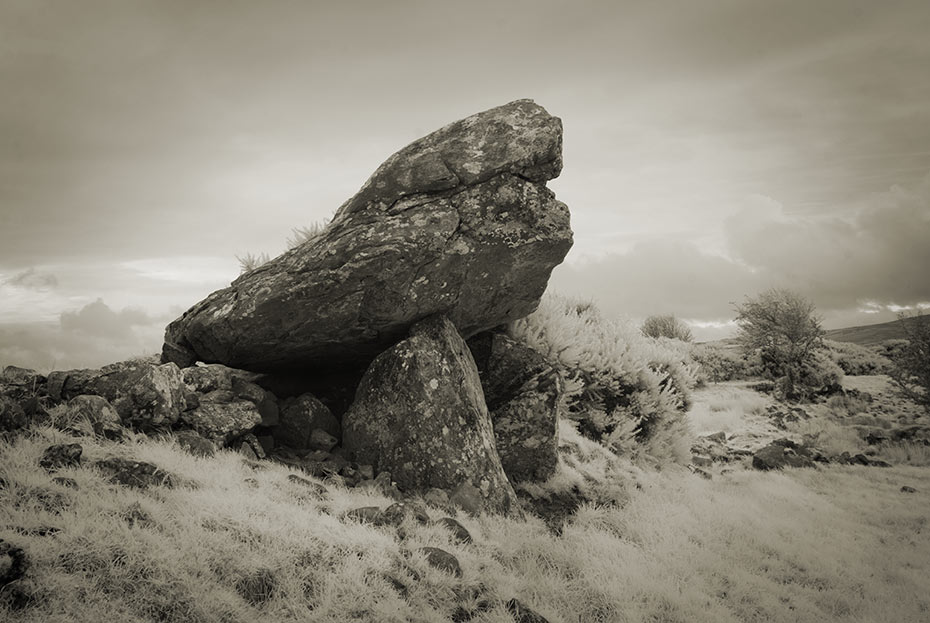
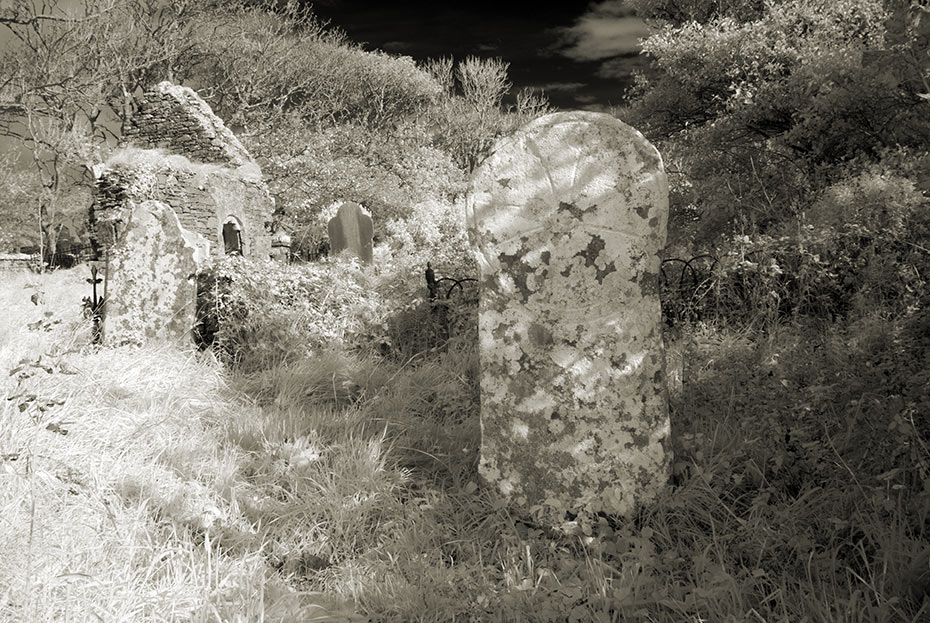
Slab with a carved Maltese cross inside a circle. The cross is thought to date from 650AD and mark the resting place of Aédh, an anchorite monk
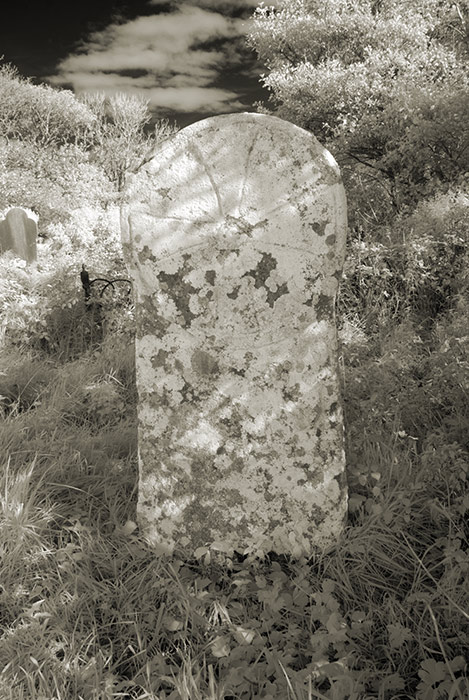
Killaghtee Cross, Co Donegal, Ireland

Killaghtee old church

Clochafarmore Standing Stone aka Cuchulain’s Stone, Co Louth, Ireland
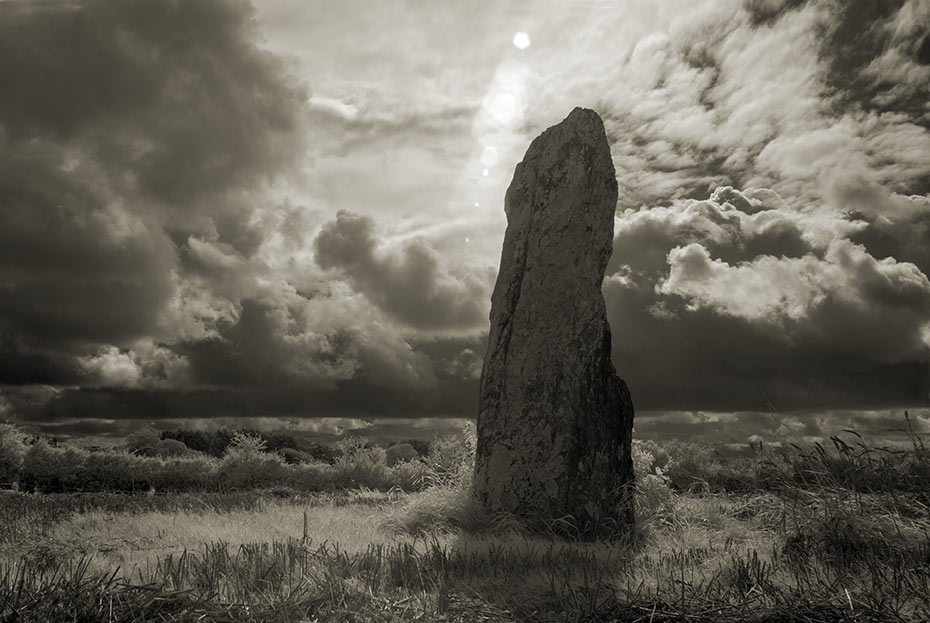
In the Irish saga the Táin Bó Cuailgne (The Cattle Raid of Cooley) Cú Chulainn (the hero of Ulster) is said to have tied himself to a standing stone when mortally wounded. While tied to the stone his enemies feared approaching thinking he lived until the battle goddess Morrigu (Morrígan) lands on his shoulder in the form of a raven. When sure he is dead they approach and Lugaid beheads Cú Chulainn whose sword falls and slices of Lugaid’s right hand, in revenge they cut off Cú Chulainn’s hand.

Rathlackan Court Tomb, Co Mayo, Ireland

The east facing entrance to the gallery
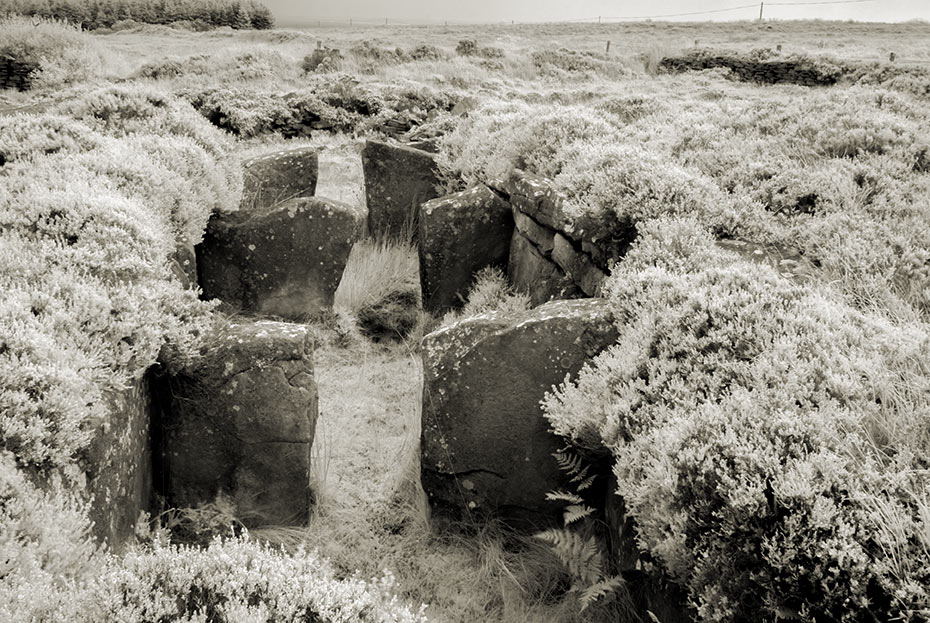
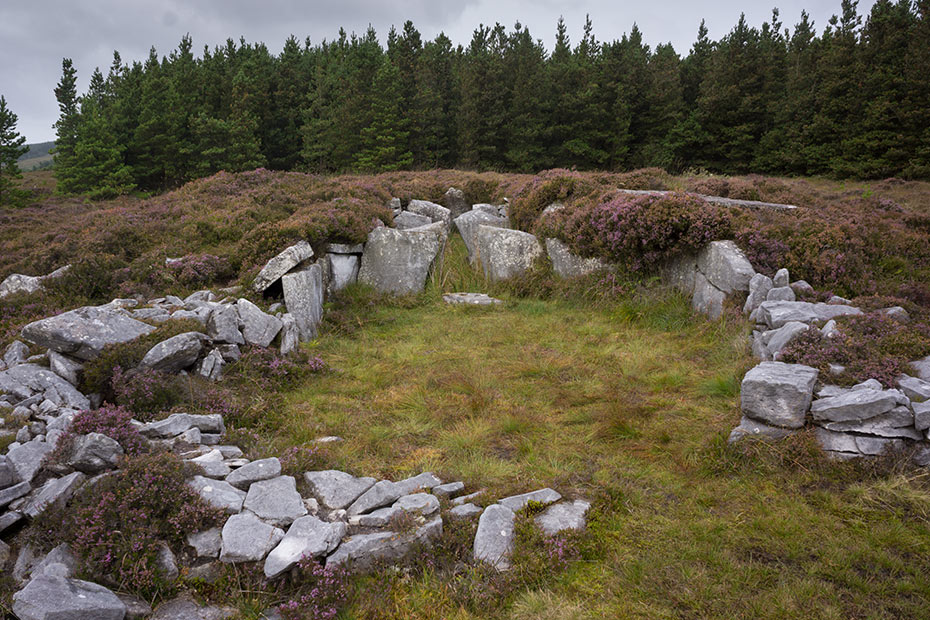
The court from the east
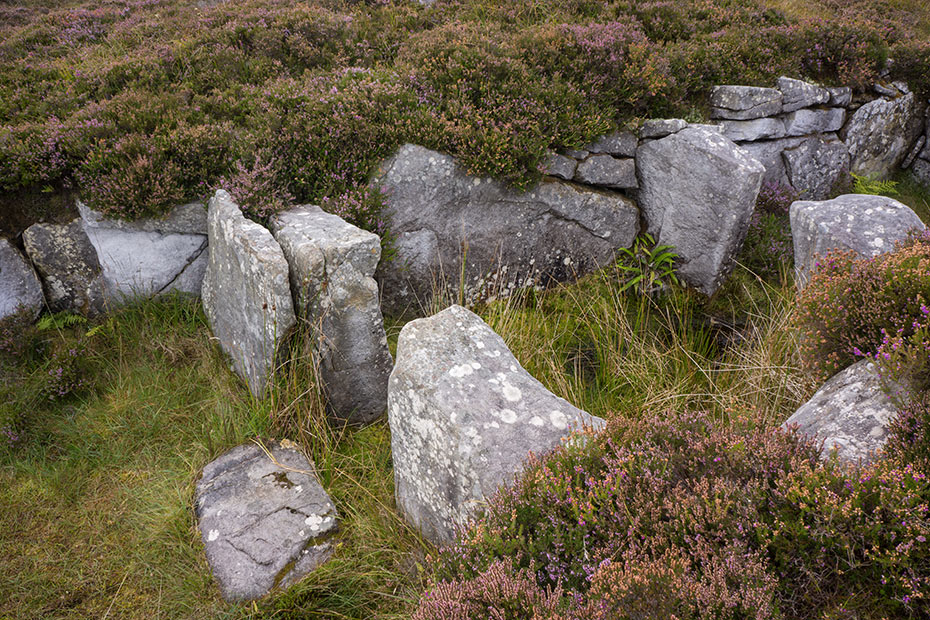
Looking down on the gallery entrance and first chamber

The gallery as viewed from the back (west)
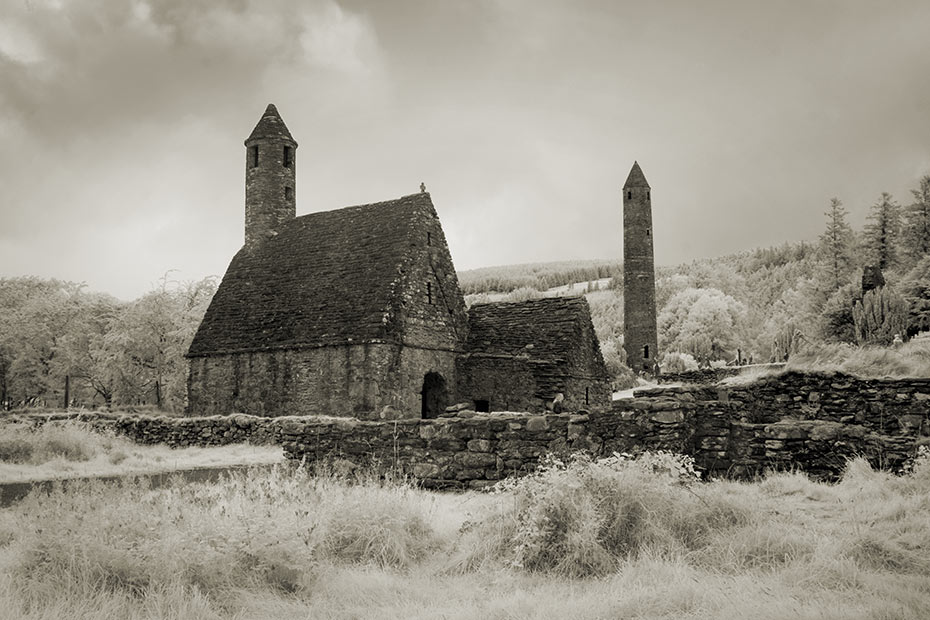
St Kevin’s Church and Round Tower, Glendalough, Co Wicklow, Ireland
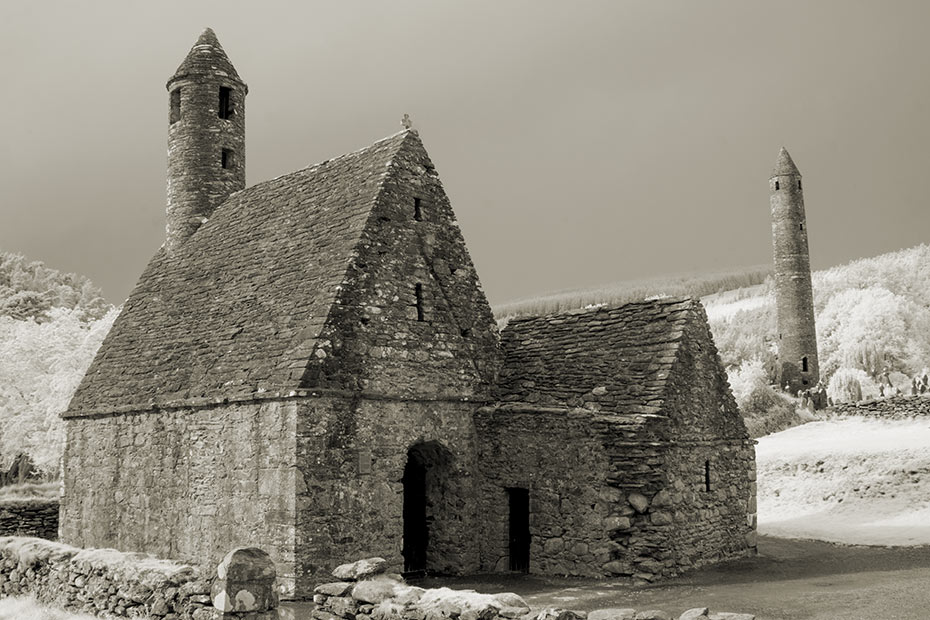
St Kevin’s Church and Round Tower, Glendalough
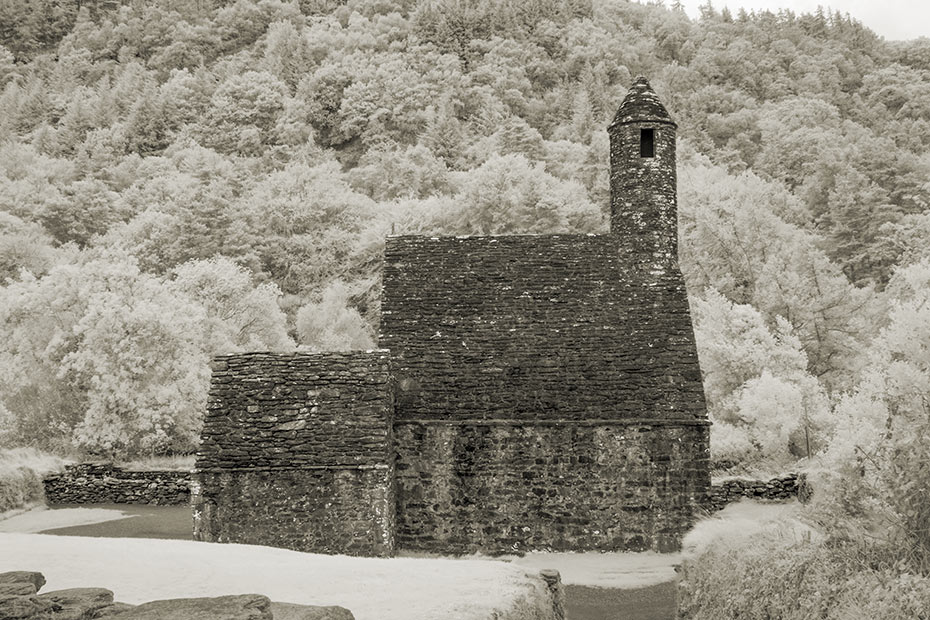
St Kevin’s Church
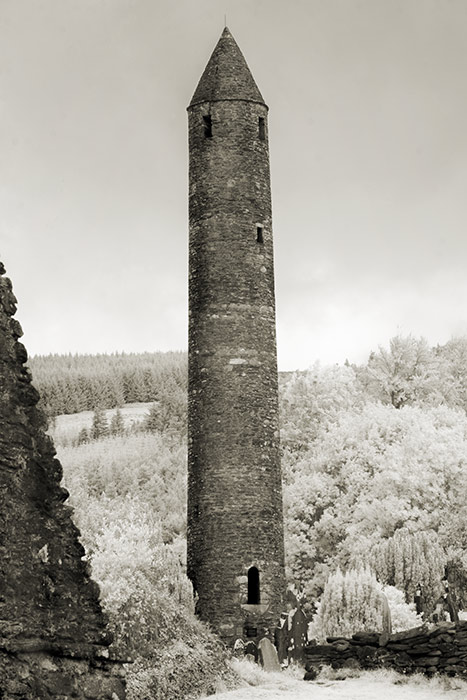
Glendalough Round Tower, Glendalough
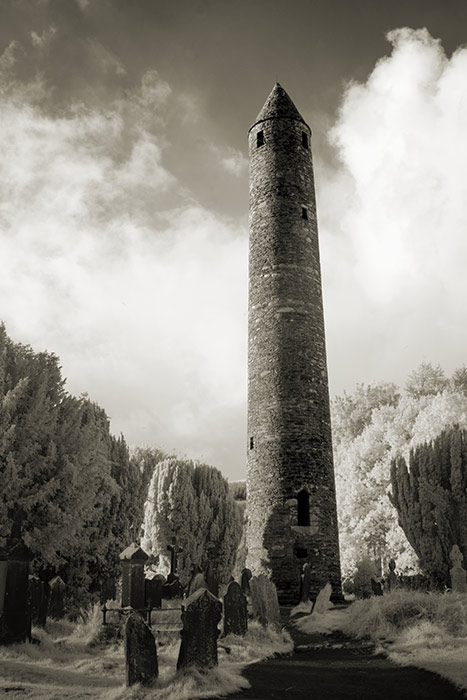
Glendalough Round Tower, Glendalough
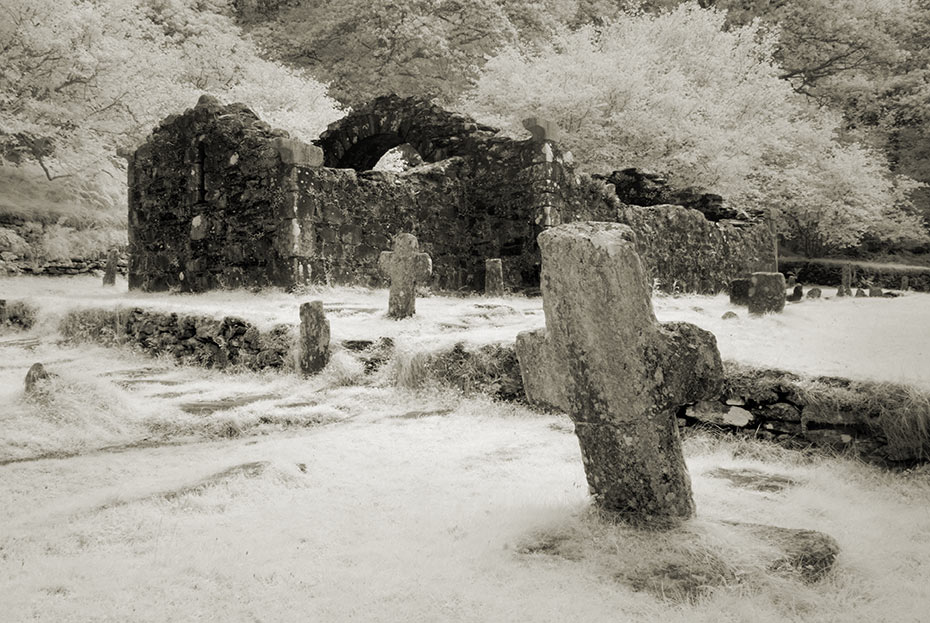
Glendalough Reefert Church and crosses, Glendalough Monastic City
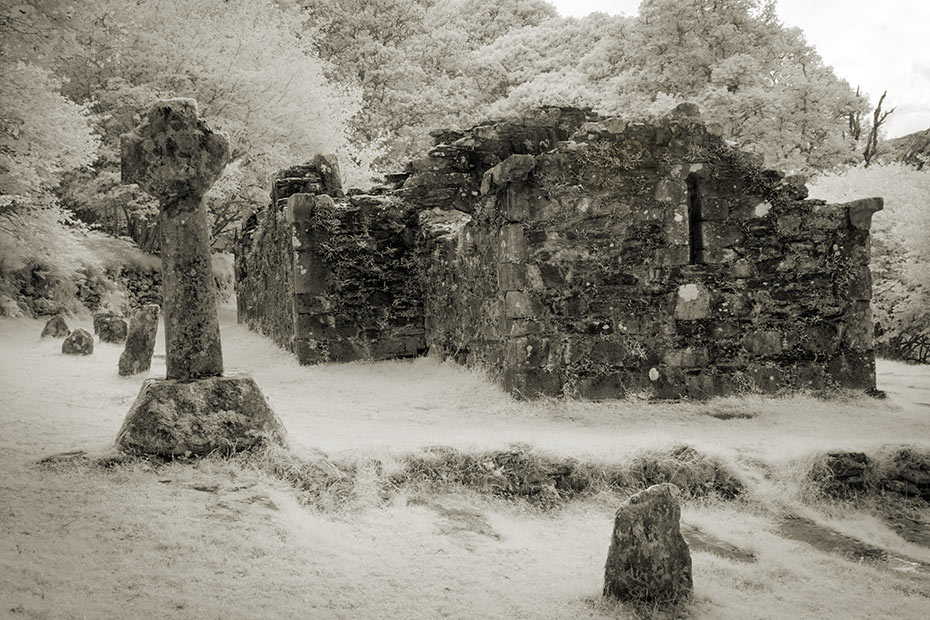
Glendalough Reefert Church and cross, Glendalough Monastic City
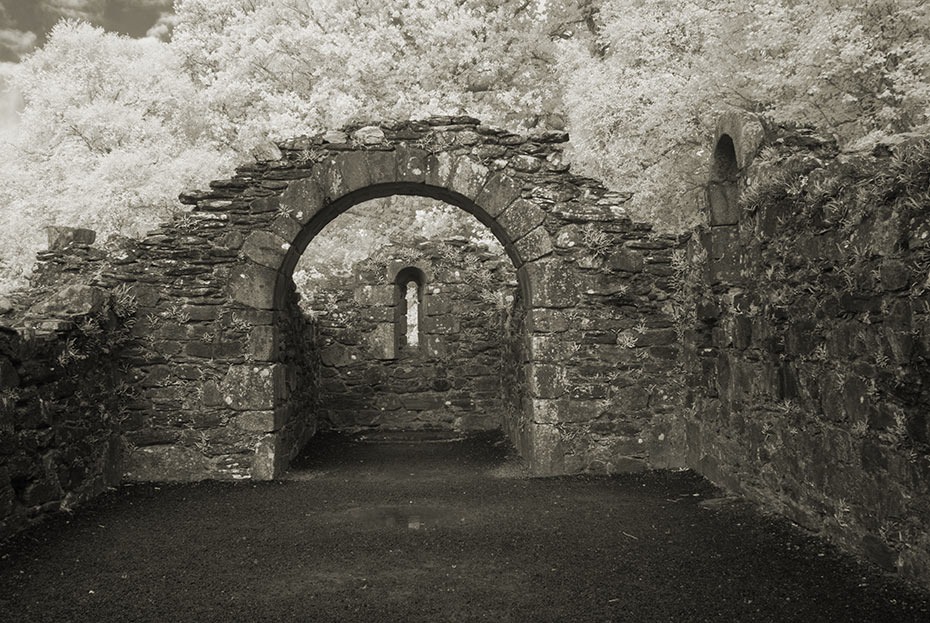
Glendalough Reefert Church
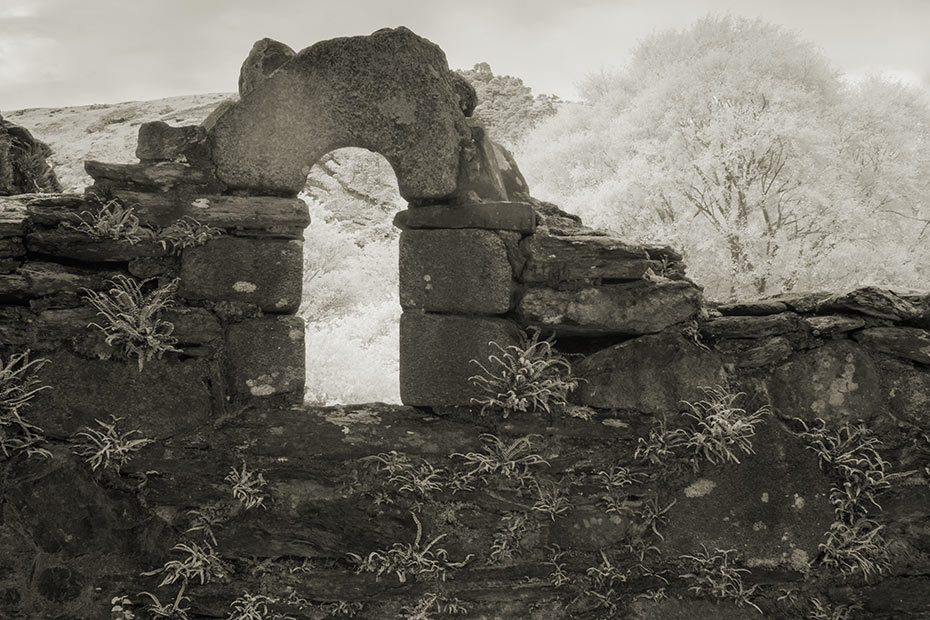
Glendalough Reefert Church
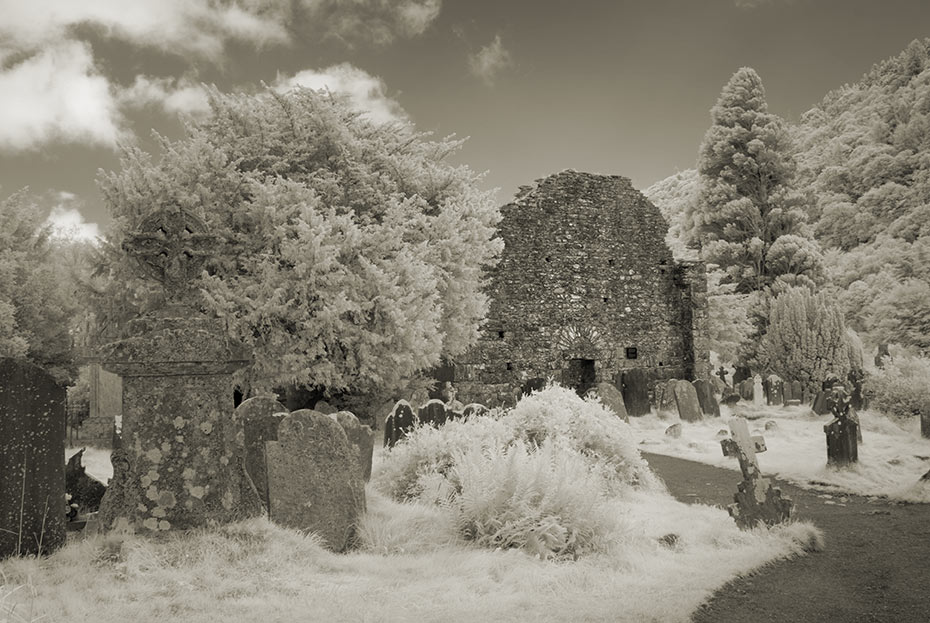
Glendalough Cathedral
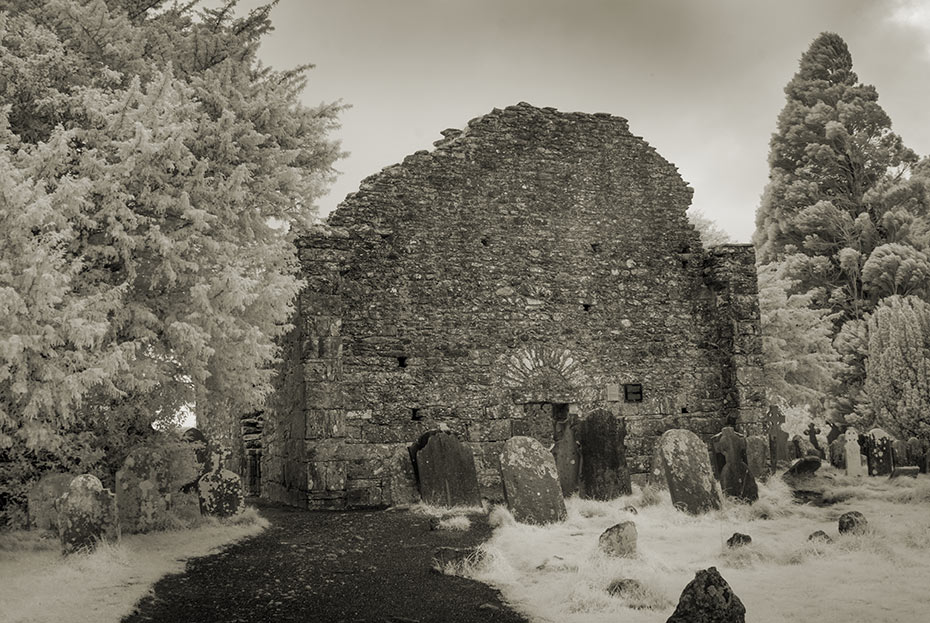
Glendalough Cathedral
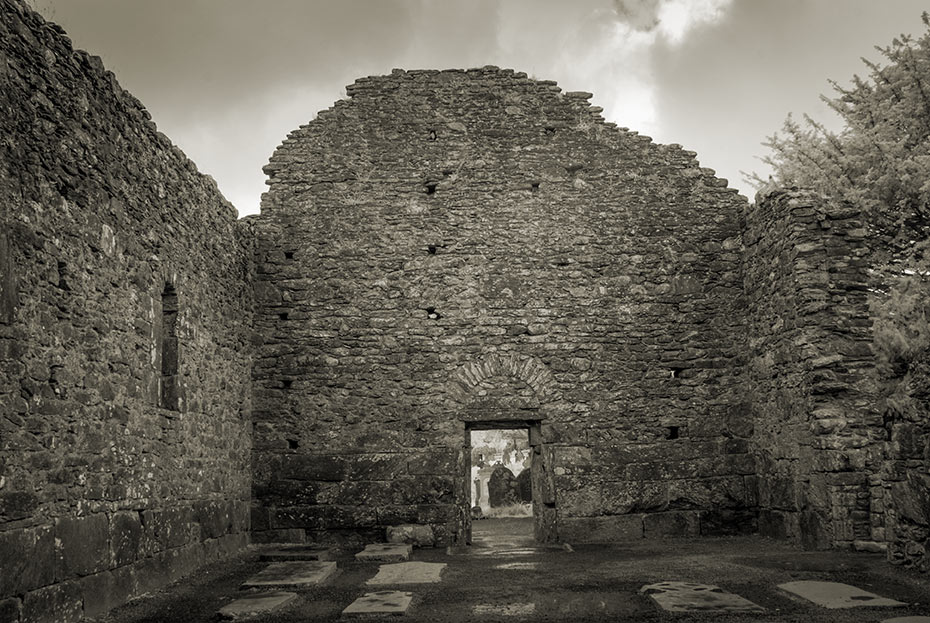
Glendalough Cathedral
Nine crosses at Glendalough Monastic City
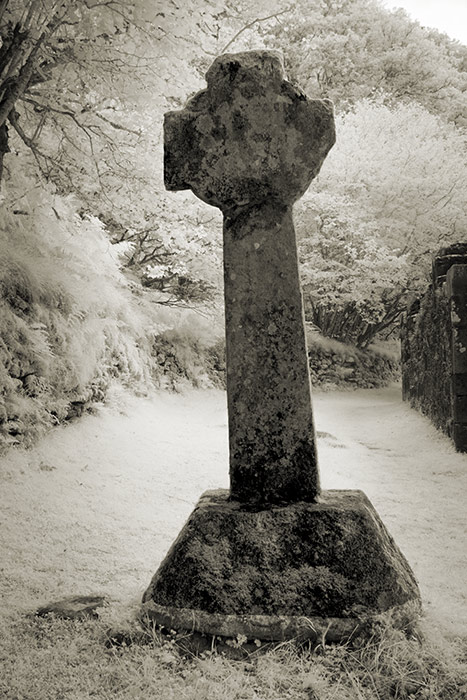
Reefert Cross, Glendalough, Co Wicklow, Ireland
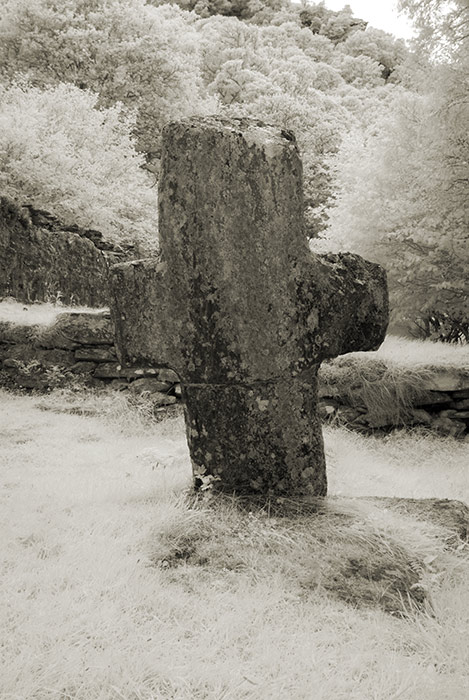
Cross at Reefert Church ruin, Glendalough
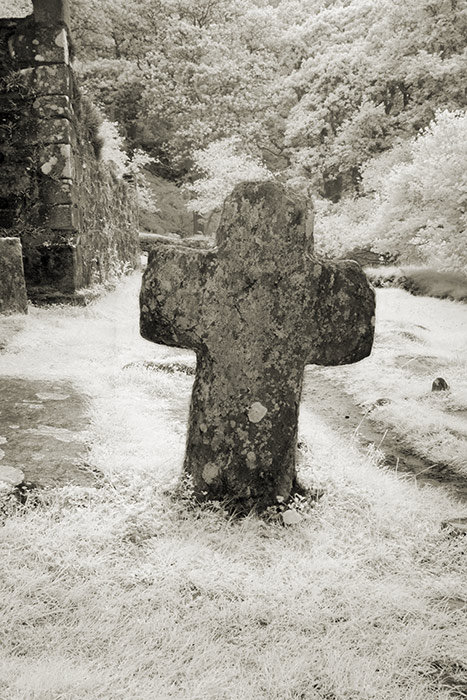
Rough Cross at Reefert Church ruin, Glendalough
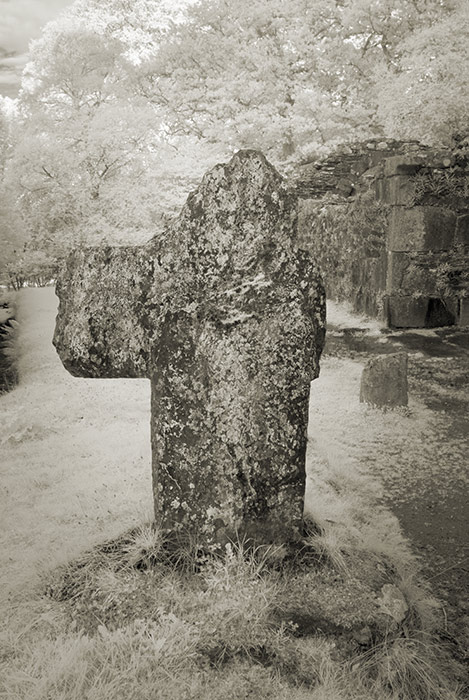
Broken Cross at Reefert Church ruin, Glendalough Monastic City
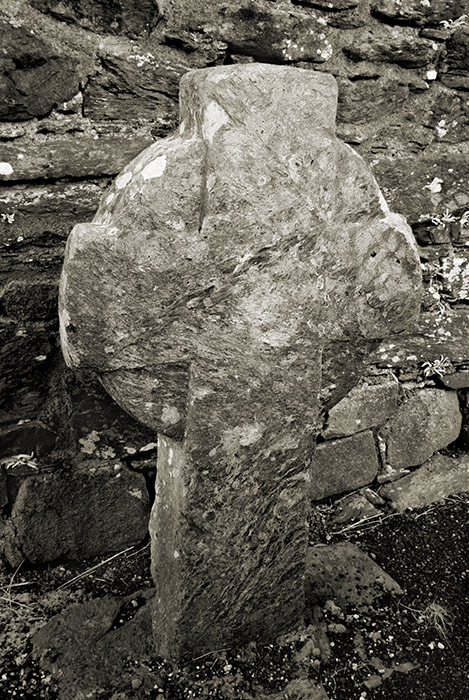
High Cross (with broken shaft?), Glendalough
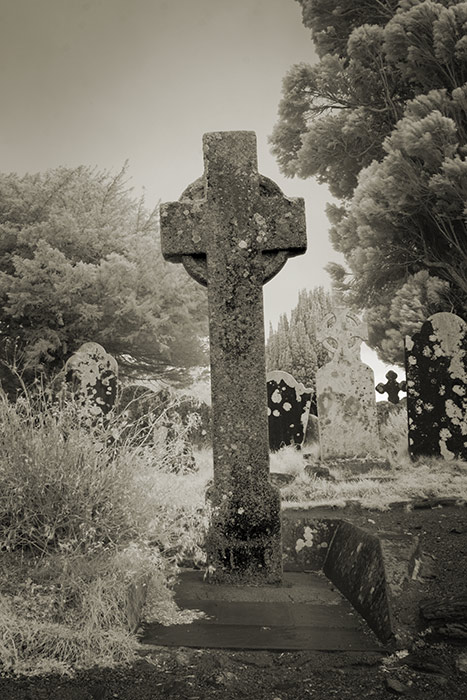
St Kevin’s Cross, Glendalough Monastic City
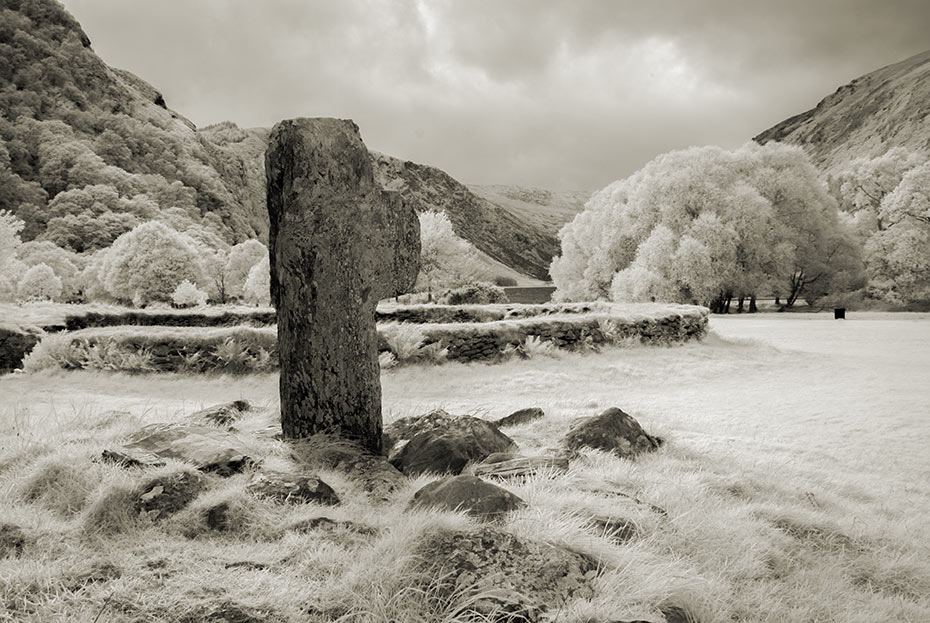
Three more broken crosses, Glendalough Monastic City

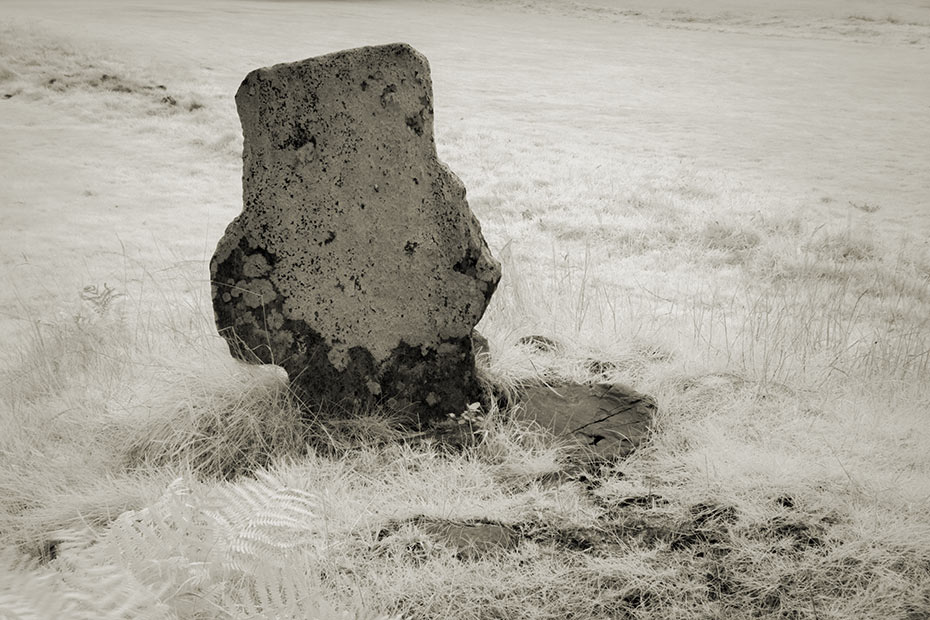
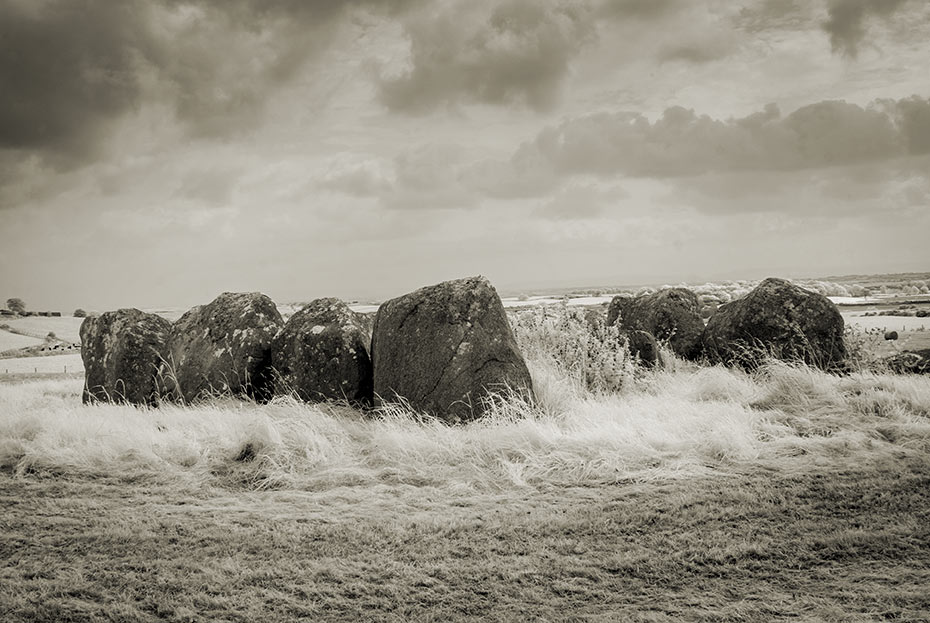
Rathfranpark Wedge Tomb, Co Mayo, Ireland
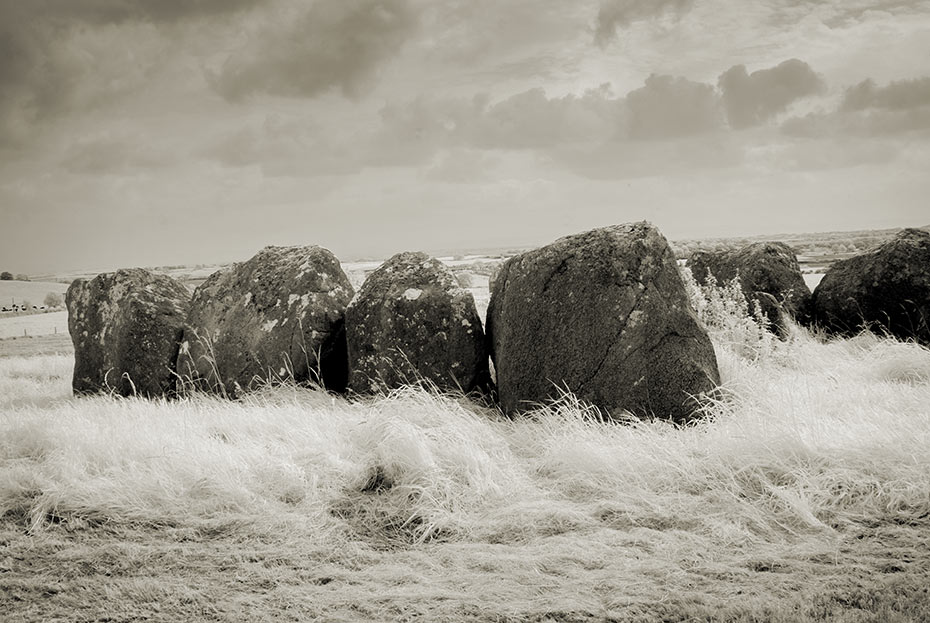
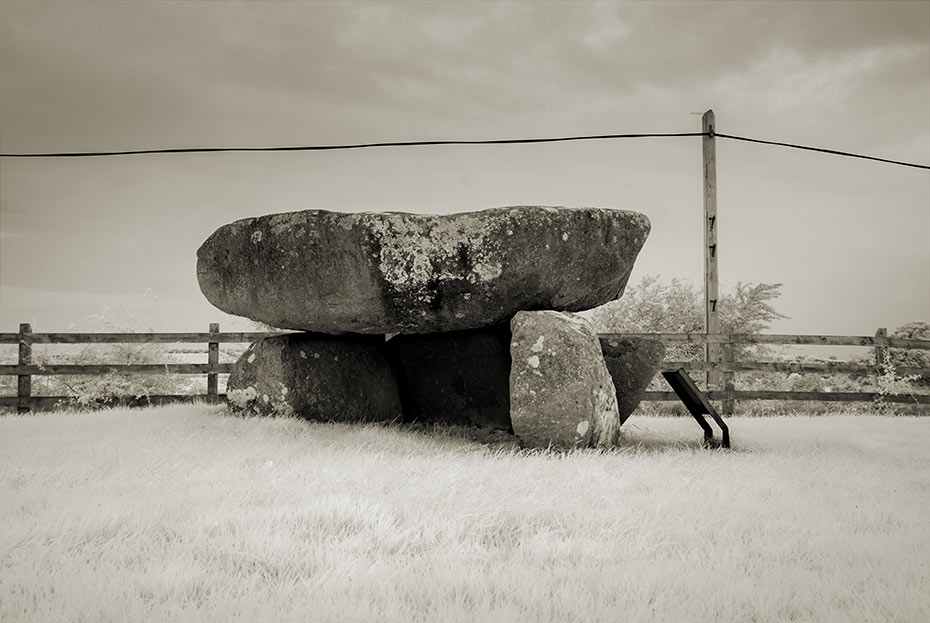
Dolmen of the Four Maols, Ballina, Co Mayo, Ireland